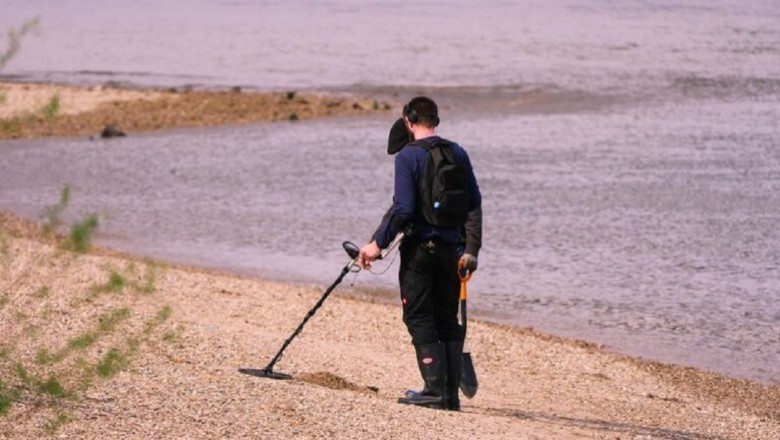
A teenager who used a metal detector for fun discovered a relic that has been sought after for centuries.
Complete astonishment
It would be an understatement to say that this encounter shocked Milly. And she was by no means the only one who felt that way! It certainly wasn't what the 13-year-old expected at that point in her day.
How it all began
Milly, a resident of Suffolk, England, set off on a family outing to the town of Royston one weekend in September 2021. Accompanied by her father and grandfather, she surveyed the surrounding fields. For her trained eye, this was the perfect place to bring out their metal detectors for a treasure hunt.
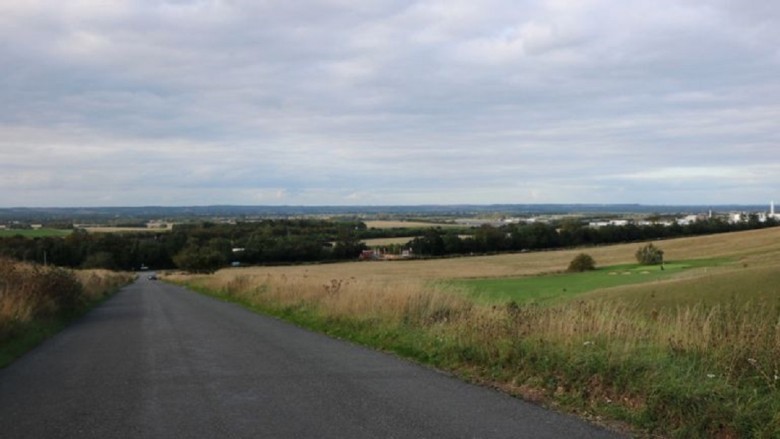
But Milly had another incentive. She had heard stories of treasures found in this area and hoped to be lucky enough to come across one as well.
A lucky streak
When she arrived in Royston, she was practically a beginner when it came to using metal detectors. It shouldn't be surprising since she was only 13 at the time!
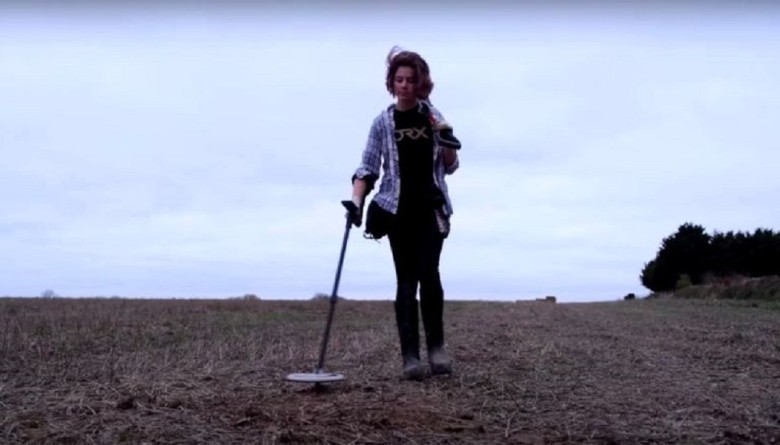
Despite her relative inexperience, the lively young girl had already achieved an impressive streak of success on previous outings. Everyone in the family was impressed by her talent, and she intended to prove it once again.
Finding something good
In an interview with Suffolk News, Milly explained how she found beginner's luck. She said, "I got interested in metal detecting because of my dad. He's been doing it for quite a while, and I wanted to tag along on a field where he would be digging."
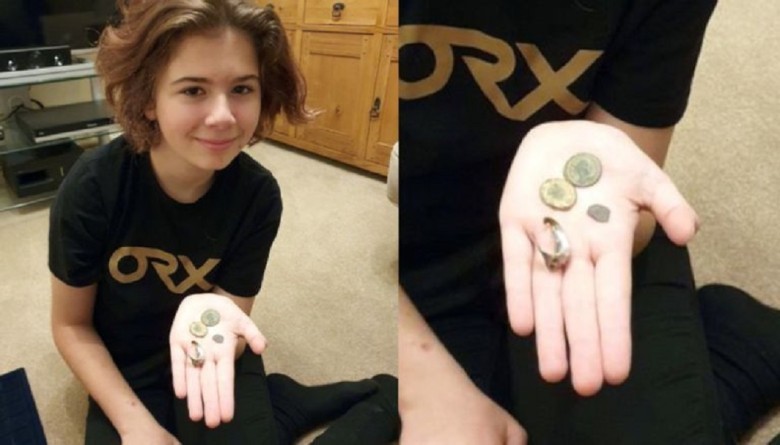
"So I went a few times, and almost every single dig, I found something good. I never came back empty-handed." Her father was her biggest supporter and mentor in this field.
Hoping for more success
Impressive streak, isn't it? Undoubtedly, Milly planned to continue this streak in Royston. So, she started searching the fields with her family. At that point, she must have been oozing confidence.
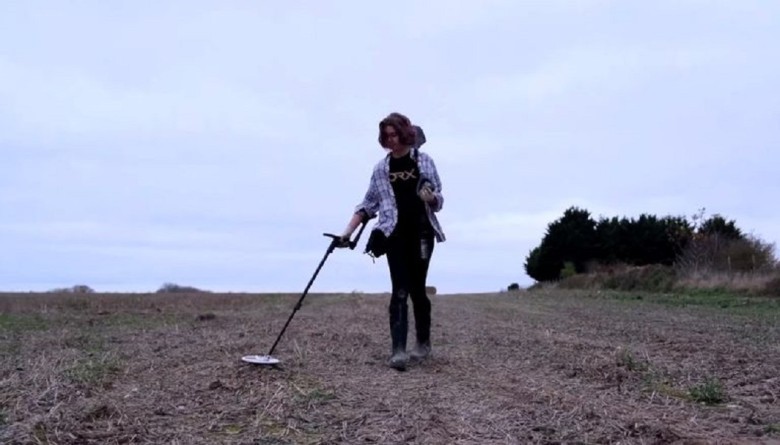
But nothing could prepare her for what was to come. Each step was filled with hope and expectation.
A slow start
As Milly and the group started in Royston, their metal detectors remained silent. Nothing to worry about, right? A quiet start doesn't mean they won't ultimately find anything.
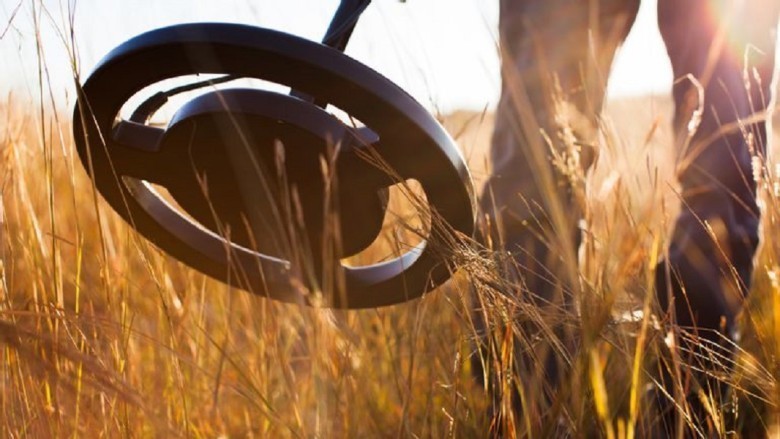
But as minutes turned into hours, things didn't look good. Would this be Milly's first disappointment? She tried not to lose hope and kept going.
Giving up is not an option
But Milly and her companions did not give up. Instead, they grabbed some cookies and sandwiches to replenish their energy and decided to approach it differently.

After refueling, they discussed their next course of action. They were determined not to go home without a find.
A new plan
Faced with their previous failures, the three decided to cover a new area. A solid plan, if we may say so. But the place they had in mind was bustling with activity.
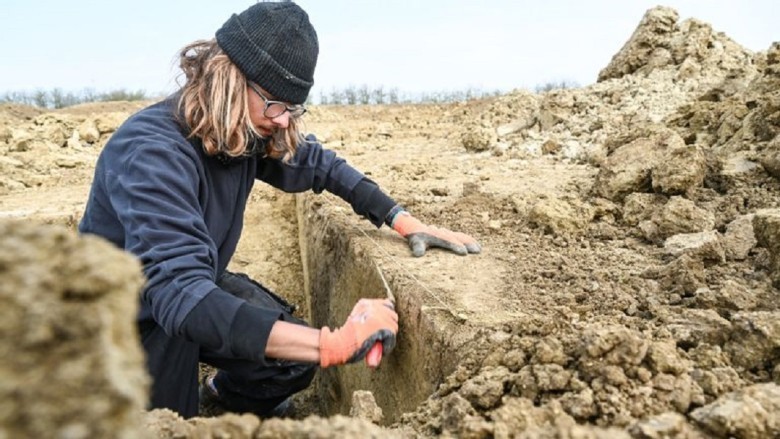
An organized excavation was taking place there, with another group hoping to strike luck. It was an exciting scene they stumbled upon.
A turn of luck?
Undeterred by the additional competition, Milly and her family made their way to that location. They took out their metal detectors and started again.
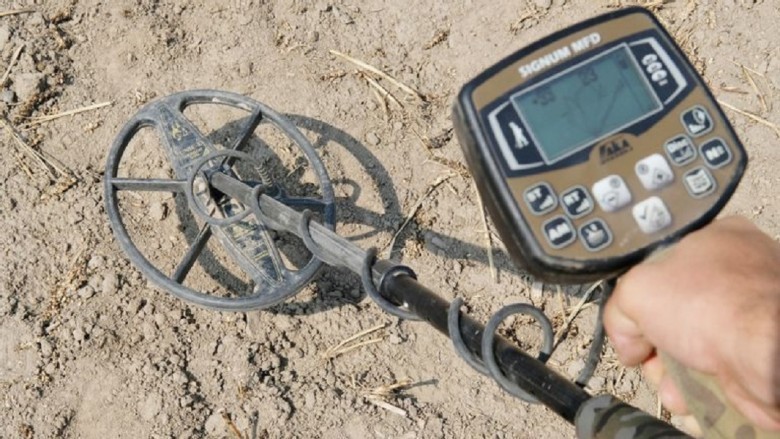
As much as they hoped to discover something this time, their bad luck seemed to persist. However, hope was the last thing to die.
The turning point
As before, Milly's metal detector remained silent as she scanned the ground. One couldn't blame her if she felt discouraged at this point, right? Not all searches can be successful.
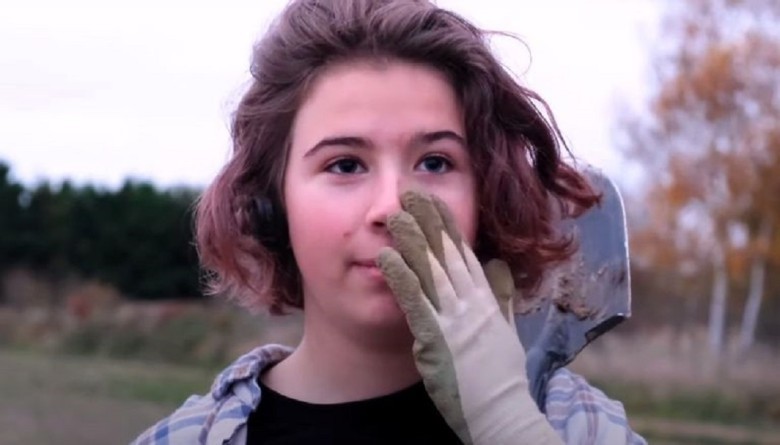
Nevertheless, the girl didn't give up. She had a streak to defend! But after almost half an hour of unsuccessful searching, something finally happened. It was a moment that would change everything.
A welcome sound
Yes, a loud beep broke the silence. It came from Milly's device, and understandably, she became quite excited. What could she have found? The teenager didn't want to waste any time to find out—and neither did her father. He quickly began breaking the ground with his shovel. After all, every beep could potentially mean the find of a lifetime.
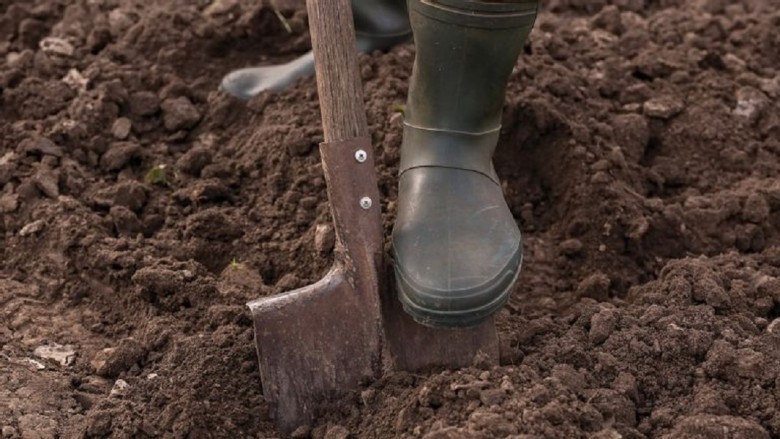
The knowledge of this made their hearts race. Expectations are always high in such moments. Each excavation attempt carries the potential for a great discovery. The family waited eagerly.
Experience
As Milly mentioned, her father knew exactly what he was doing. Colin Hardwick had been using his metal detector for about four years before the trip to Royston in 2021. But even this experience did not prepare him for what was about to unfold. Each find was unique and came with its own story.
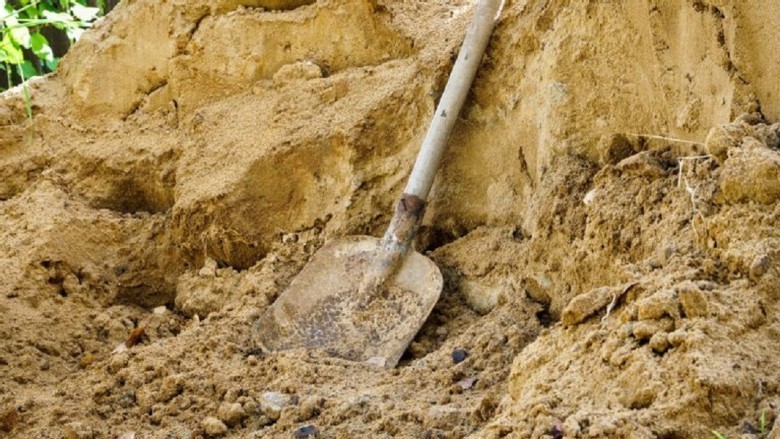
The knowledge and experience of her father provided Milly with confidence. In such moments, his experience was invaluable. He knew that patience was often the key. The earth held many secrets, and each one needed its time to be revealed.
Digging deep
Colin dug and dug, but initially, the group found nothing. Although Milly's metal detector had triggered, there were no items near the surface of the ground. Colin knew he had to dig deeper. After about ten minutes, he finally had an item in sight.
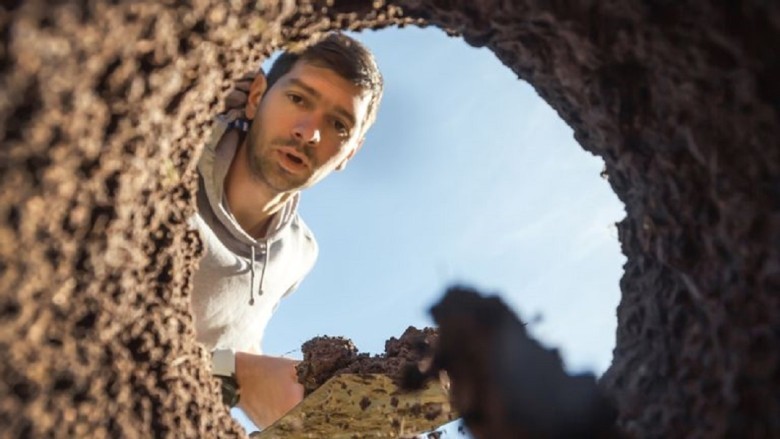
It was an exhilarating moment that had the potential to make history. Every shovel stroke could further unveil the mystery. The tension was almost palpable. It was as if the earth itself was waiting to reveal its secret.
A hidden treasure
But down there, it was not just one item. Incredibly, Milly had stumbled upon a whole collection of artifacts—specifically, 65 of them! Could this still be considered beginner's luck? And the surprises didn't end there.
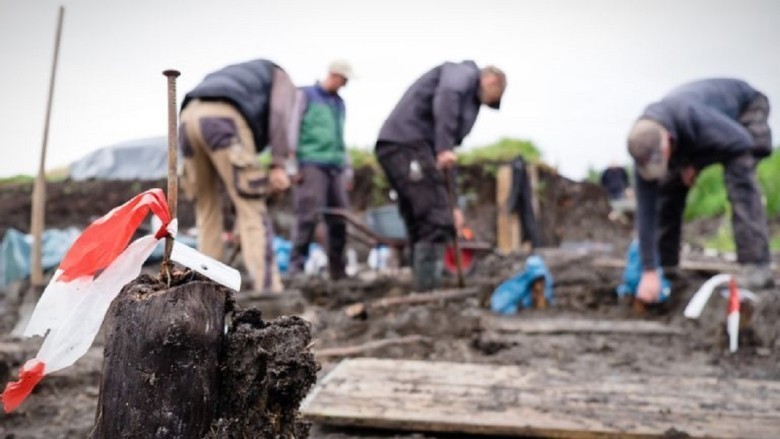
After reporting the find, a team of experts focused on the site. The potential of this discovery seemed enormous. Each of these items had a story to tell, waiting to be heard.
It was not the only one...
Using state-of-the-art equipment, professional archaeologists searched the area around Royston before making another remarkable discovery. Just a few meters away from the first find, another collection was hidden underground.
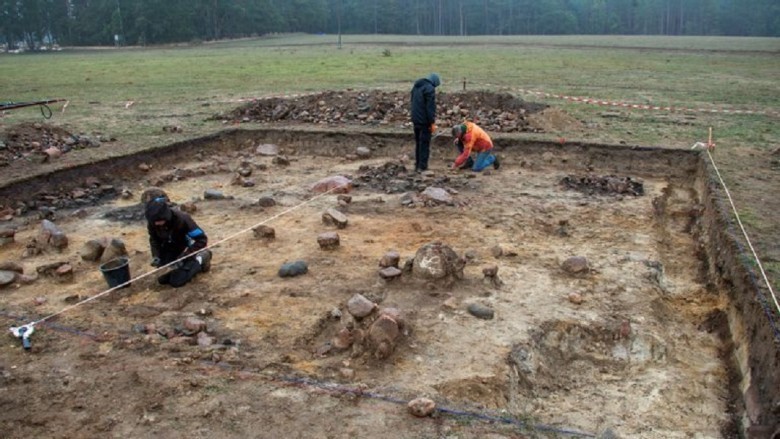
This one was even larger, comprising approximately 135 items. It was an impressive find. This type of discovery is what archaeologists often spend a lifetime searching for.
What did Milly find?
But what were these items? And how old were they? Well, the first collection contained various relics from the past. Thanks to Milly's metal detector, pieces of bronze armor, round ingots, and fragments of ancient weapons saw the light of day for the first time in many generations.
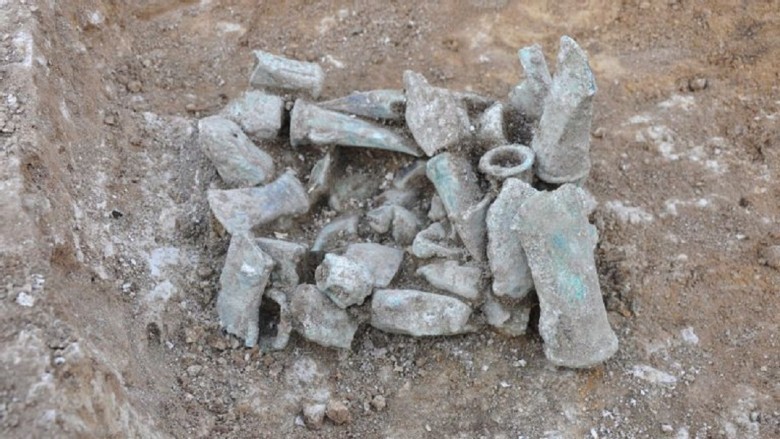
It was as if a window into a long-forgotten time had been opened. The past had chosen to reveal itself to this young explorer.
The distant past
Upon closer examination, all these finds seemed to be from the Bronze Age. And it was similar with the second hoard. Isn't that almost unbelievable?
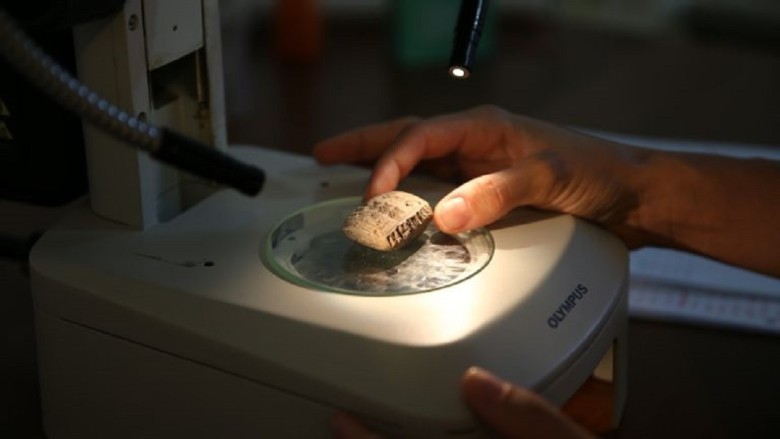
An inexperienced teenager had just played a crucial role in discovering objects that were thousands of years old. But Milly's efforts also solved a much larger puzzle.
The standout piece
Among all the items from Royston, one stood out in particular. It was truly the crème de la crème. Yes, the discovery of an ancient axe left the group speechless.
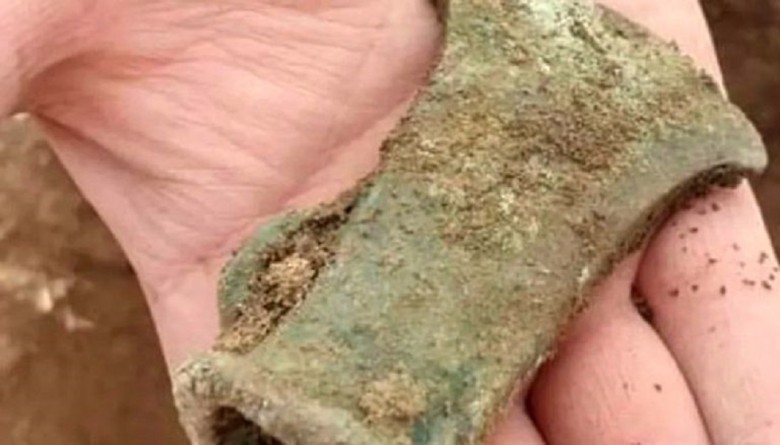
It even prompted them to perform a little dance right in the field. This find could be the highlight of their entire search.
We couldn't stop laughing
Milly talked about this fateful realization with The New York Times in December 2021. The young girl said, "I was just in shock. We were laughing hysterically about it."
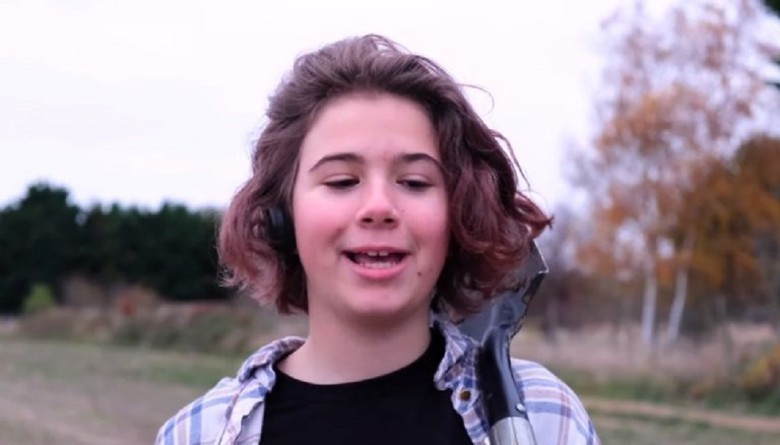
Since the axe was the first object they discovered, they didn't immediately have time to focus on it. There were over 60 more items that caught their attention.
The Bronze Age
The family was excited to learn that the hoard was from the Bronze Age. It was definitely a pretty big deal. But if you're a little unsure why that is, don't worry—we're happy to explain.
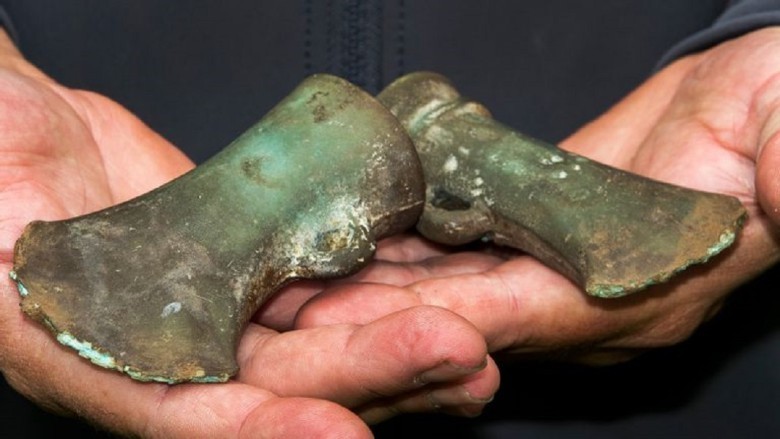
Each find brings new insights and answers, but often also raises new questions.
When was that?
The Bronze Age was a significant period for the United Kingdom, although we still don't know much about it. The period lasted approximately 1,500 years, from 2300 BC to 800 BC, long before regular recording.
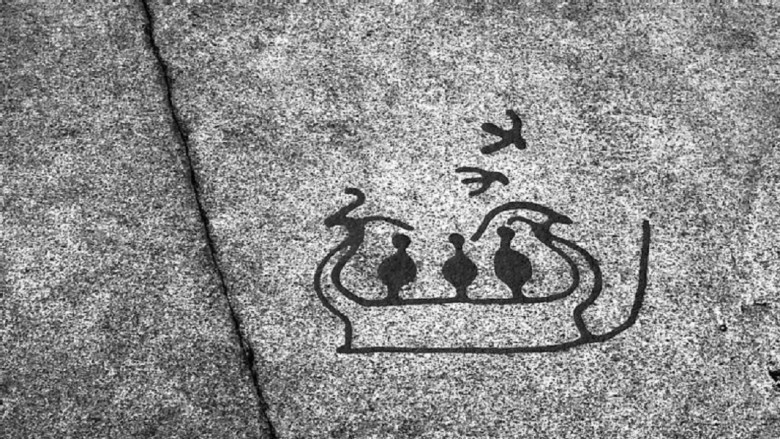
Experts have to rely on found objects to understand what life was really like during the Bronze Age.
Weapons and jewelry
In the early stages of this era, present-day Britain experienced a revolution in the use of metal. Certain metal objects that were previously unknown were introduced for the first time, marking the beginning of a new era. These objects, especially those made of metal, were valued not only for their functionality but also for their symbolic significance. Many people of this time considered these artifacts as signs of wealth and status.
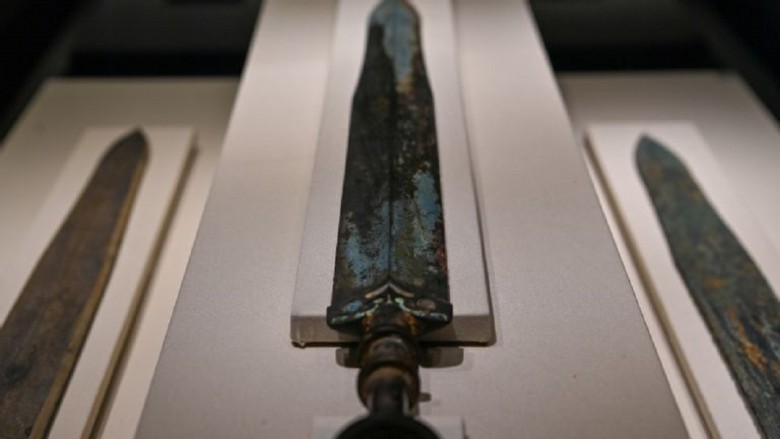
Therefore, it was not uncommon for individuals to desire their most valuable possessions, including jewelry and weapons, to be included as grave goods. They believed that these objects would accompany and protect them in the afterlife. This practice was deeply rooted in their cultural and religious beliefs. It demonstrated how much these cultures valued their artifacts and the resulting craftsmanship.
Royston's Past
That's thought-provoking, isn't it? Could Milly and her group have stumbled upon a burial site? That would be quite a dark turn!
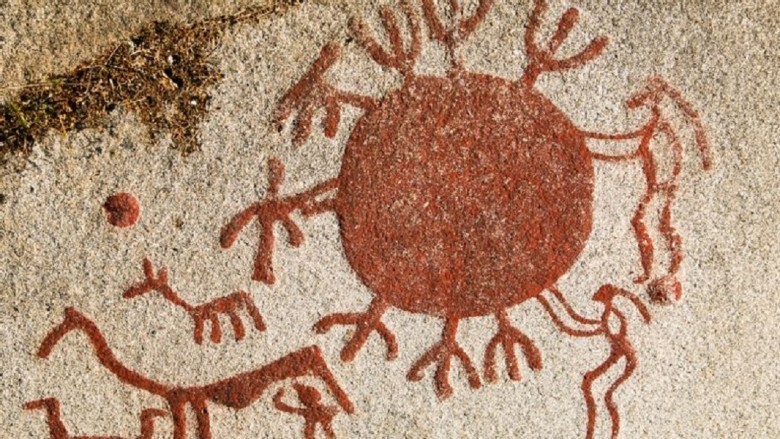
Anyway, when it comes to Royston, nobody really has a clear idea of what was going on there during the Bronze Age. It can be safely assumed that many people made it their home.
Good farmland
Amanda Rose, a representative from the Peterborough City Council, discussed this topic further in an interview with The New York Times. She noted that Royston has good farmland with water resources.

And settlements from the Bronze Age, usually farms or small clusters of roundhouses, are quite common there. Rose also had an interesting perspective on Milly's discovery.
Unique
The councilwoman provided valuable context about the axe. She continued, "[Bronze axes are] common enough that you would expect to find one, but rare enough to get excited when you do. What's unique about this one is the number of finds in one location, making it a hoard."
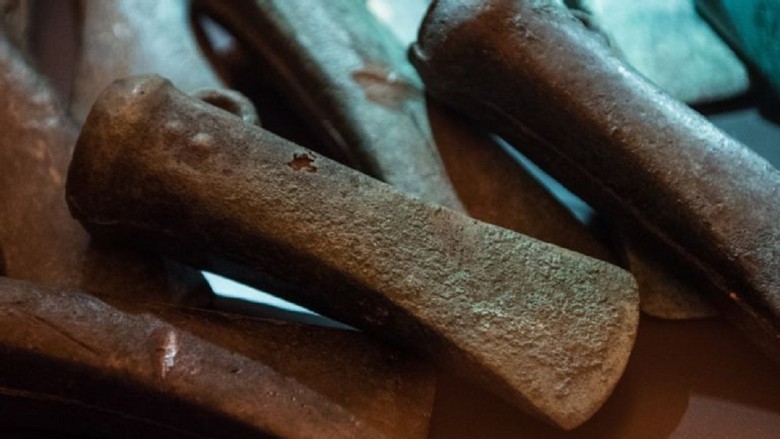
It's common enough that archaeologists hope to find one, but rare enough that it's always a joy when they do." However, what made this find particularly special was the sheer number of objects discovered at this site. This suggested that this location had a significant past, perhaps as a ritual site or a hiding place. It was truly a remarkable hoard holding many secrets.
A reward?
Many viewers inevitably wondered—would Milly and her family receive something for discovering these historic artifacts? Well, the answer wasn't as straightforward as one might think. You see, in the UK, such discoveries must first be examined by coroners before being legally declared as treasure.
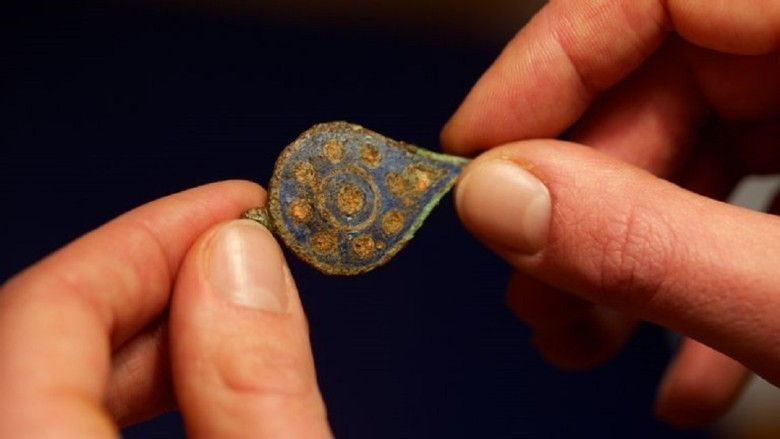
This is easier said than done. There are many regulations and stipulations that must be met before a find can be officially recognized as treasure. It's not just a matter of age or material; there are many criteria that must be fulfilled.
Thorough assessment
To fall under this category, the items must be more than three centuries old and consist of over one-tenth silver or gold. If the artifacts pass the initial assessment, an expert panel will determine the value of each object.
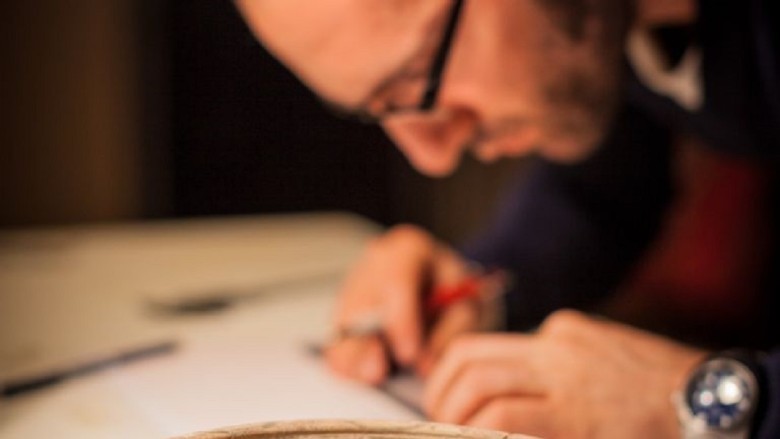
But even then, the finder is not necessarily guaranteed a large sum of money. It's a long and often complicated process that requires a lot of patience.
The final step
From that point on, if an exhibition or museum expresses interest in purchasing the artifacts, the person who discovered them can finally demand compensation. As we mentioned earlier, it's not the simplest process in the world!
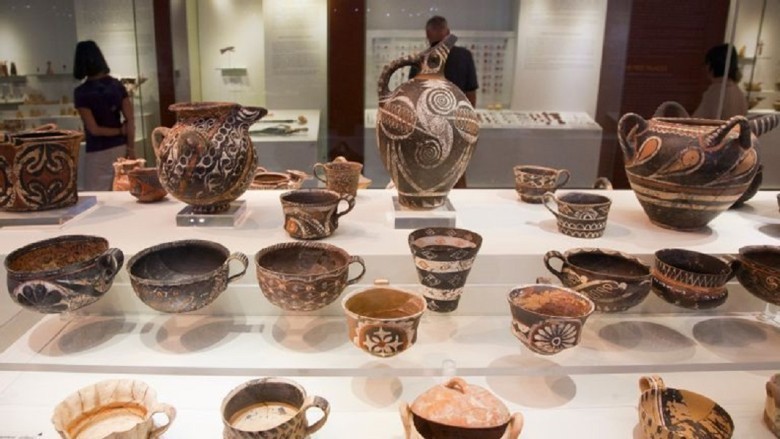
However, ignoring the rules can land treasure hunters in trouble. Anyone attempting to sell a find they don't actually own can be prosecuted to the full extent of the law. Therefore, it's crucial to carefully follow all the necessary steps.
Very exciting
In Milly's case, the Cambridgeshire County Council's Environment Committee released a press statement clarifying their official stance. Chair Lorna Dupré said, "This is, of course, a very exciting find.
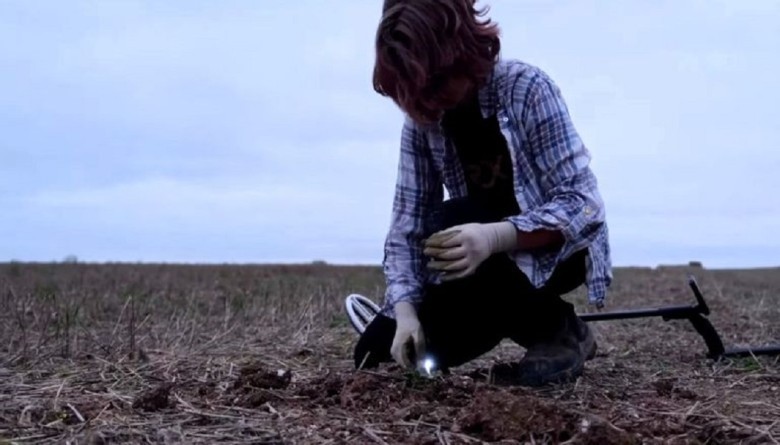
But we cannot say anything further until the investigations are completed." So, a reward was not ruled out. Given similar discoveries, there was a possibility that the teenager could have achieved financial security.
Similar Situation?
Who would have thought how much luck Milly could have? For example, in 2014, a metal detectorist in Scotland stumbled upon a large collection of silver and gold. Surprisingly, these objects were said to be over 1,100 years old.
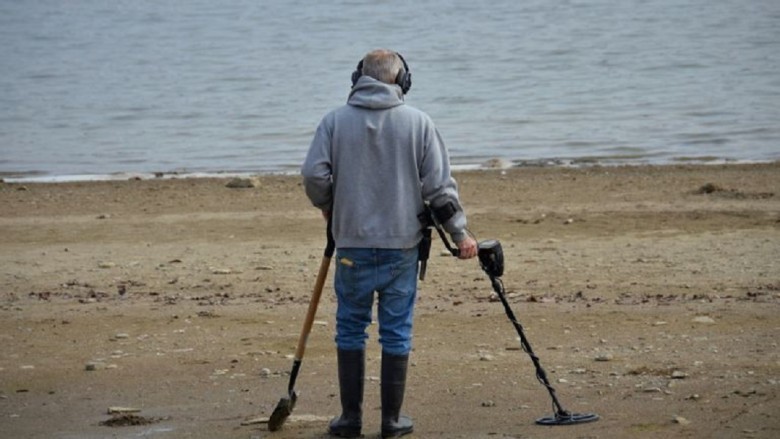
Not quite the Bronze Age, but still impressive. Such discoveries are not everyday occurrences and are highly valued by the community.
Dream scenario
In fact, the discovery was even hailed as one of the most significant archaeological finds in the UK in the past hundred years! In the end, the National Museums Scotland offered about $2.6 million for the collection.
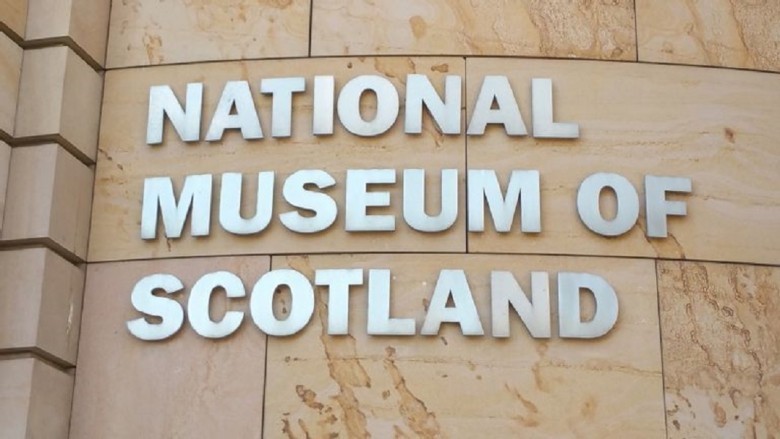
If the artifacts discovered by Milly were to reach even a fraction of this value, she would also have the chance to become a millionaire overnight. Only time will tell the true value of her find.
Both feet on the ground
To do justice to Milly, however, she tried to stay in the present. As the teenager told The New York Times, she had no intention of immediately planning a big shopping spree.
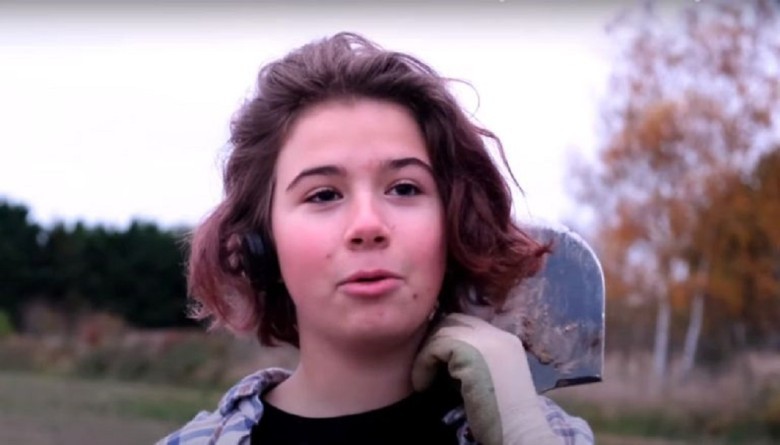
Probably a wise decision! But for now, she had to get used to the attention that this surprising story brought. It was a whirlwind of emotions and expectations.
A lot of attention
Yes, Milly has become a familiar face in metal detectorist circles. The magazine "The Searcher," which focuses on this hobby, even featured her adventures on a cover story.
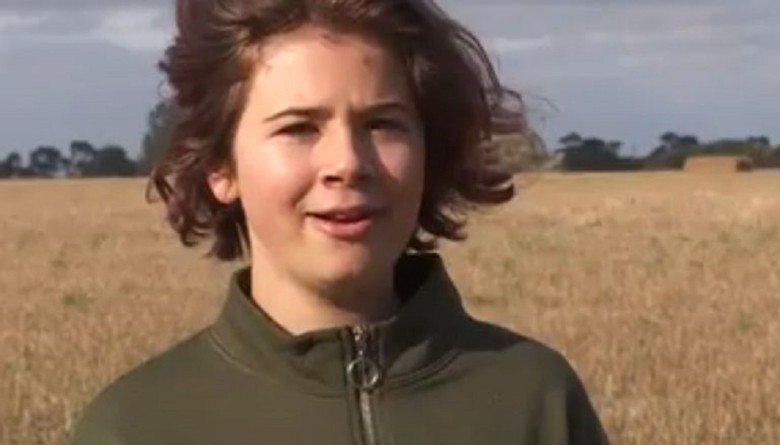
That's really cool! Not many 13-year-olds can say they've done something like that. She became an inspiration overnight for many young treasure seekers.
Receiving recognition
But due to all the coverage, Milly had some interesting encounters outside her house. She told Suffolk Live reporters in November 2021 about some of the wild interactions she had. The teenager said,
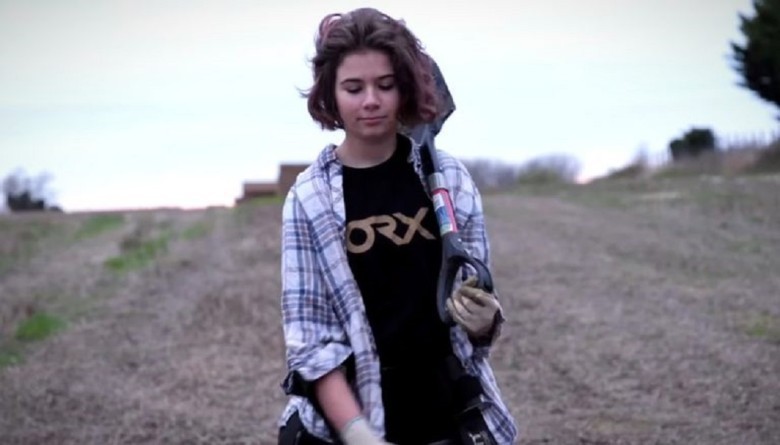
"Last Sunday, when we were outside, someone looked at me and asked, 'Are you the one who found the axe hoard?' She could hardly believe it. It was as if she had become a little celebrity overnight."
Meeting mom
"And then another person came up to me and did the same," Milly added. That must have been a pretty strange experience, right? Many adults wouldn't know how to handle being recognized, let alone a child!
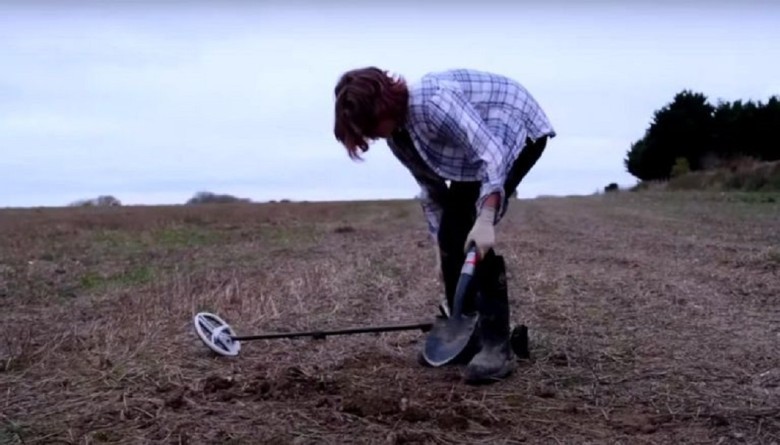
Interestingly, the mother of the young explorer also spoke to the news website and shared her views on Milly's newfound fame.
Really happy for her
Claire Hardwick spoke about her daughter and said, "At some excavations, people have said, 'Oh God, now she's here, we might as well go home!' Many have said that [the Bronze Age hoard] is a once-in-a-lifetime find. But the other metal detectorists are really happy for her."
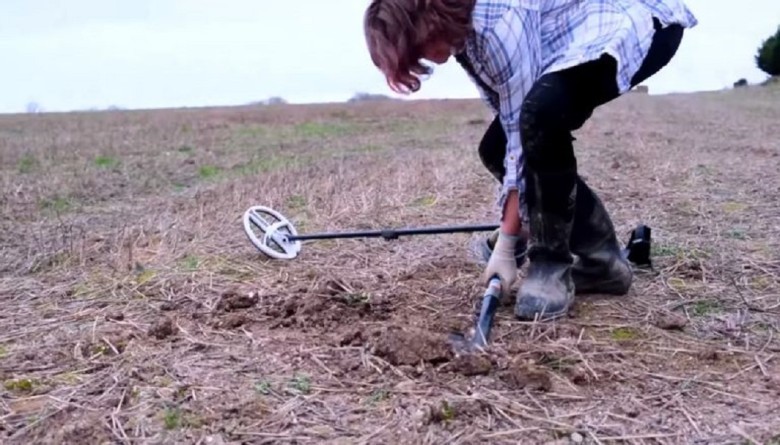
And they weren't the only ones expressing their excitement. It seems that the entire community stands behind Milly and her discovery. This recognition from like-minded individuals is undoubtedly very encouraging for the young treasure hunter.
Online reaction
You see, Milly's adventure has also generated a strong online response. For example, in the comment section of a YouTube video by Suffolk News that included an interview with her, many users praised her achievements.
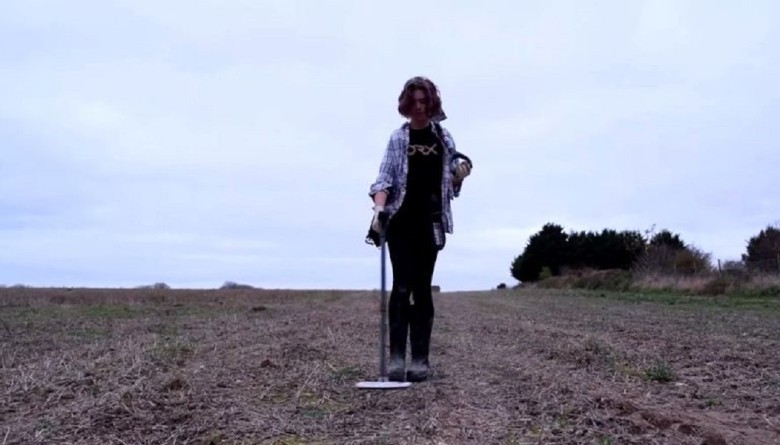
One user wrote, "You're a rockstar! Well done. The Time Team should give you a call." Such comments show that the community recognizes her accomplishments and contribution to history.
Meeting with Mom
"And then another person came up to me and did the same," Milly added. That must have been a pretty strange experience, right? Many adults wouldn't know how to handle being recognized, let alone a child!
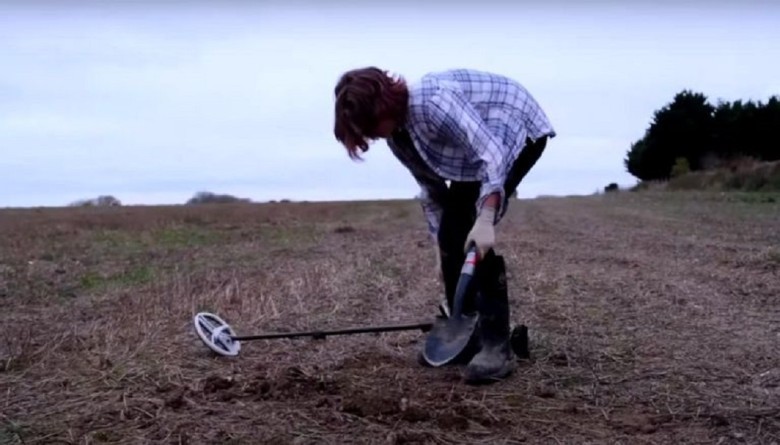
Interestingly, the mother of the young explorer also spoke to the news website and shared her views on Milly's newfound fame.
Really happy for her
Claire Hardwick spoke about her daughter and said, "At some excavations, people have said, 'Oh God, now she's here, we might as well go home!' Many have said that [the Bronze Age hoard] is a once-in-a-lifetime find. But the other metal detectorists are really happy for her."
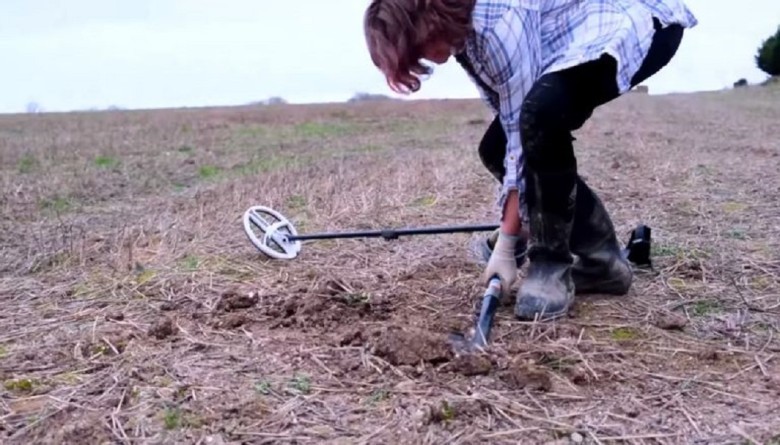
And they weren't the only ones expressing their excitement. It seems that the entire community stands behind Milly and her discovery. This recognition from like-minded individuals is undoubtedly very encouraging for the young treasure hunter.
Online reaction
You see, Milly's adventure has also generated a strong online response. For example, in the comment section of a YouTube video by Suffolk News that included an interview with her, many users praised her achievements.
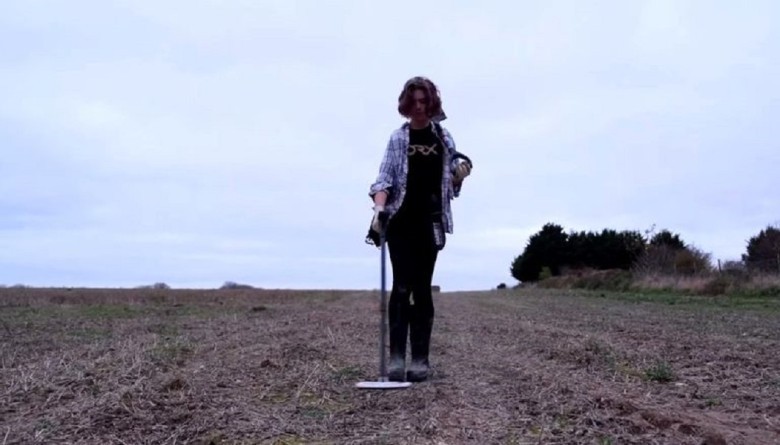
One user wrote, "You're a rockstar! Well done. The Time Team should give you a call." Such comments show that the community recognizes her accomplishments and contribution to history.
The future of this hobby is in good hands
Another person agreed and wrote, "What a great kid! The future of this hobby is in good hands. The story is unfolding." But YouTube wasn't the only place where the reactions piled up.
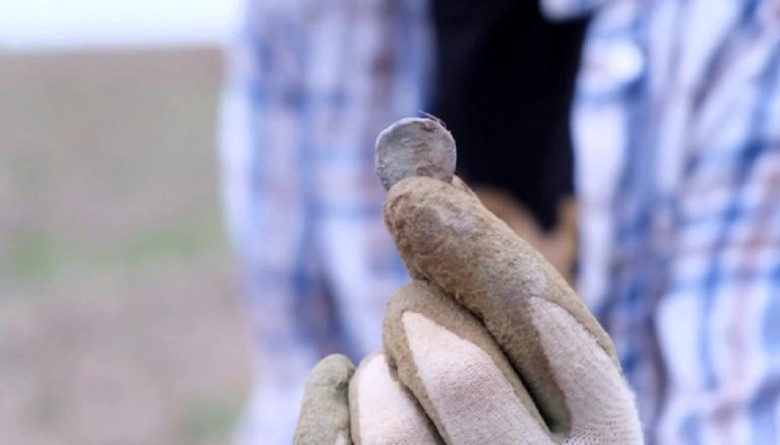
After The New York Times published a story about Milly on their website, more than 250 comments were added. It was clear that her find captured attention not only in her hometown but worldwide.
That's crazy
Milly was the talk of the town at that time, but she was more interested in connecting with the past than the present. About the discovery that made her famous, she told The New York Times,

"The Romans were on this field in Royston, everyone was there—and we're the ones who found it. It's crazy." At such a young age, Milly had already achieved a milestone set by one of Britain's most renowned treasure hunters.
A hardworking man
As a lifelong resident of Hoxne in Suffolk, England, Eric Lawes had dedicated his entire life to serving his community.
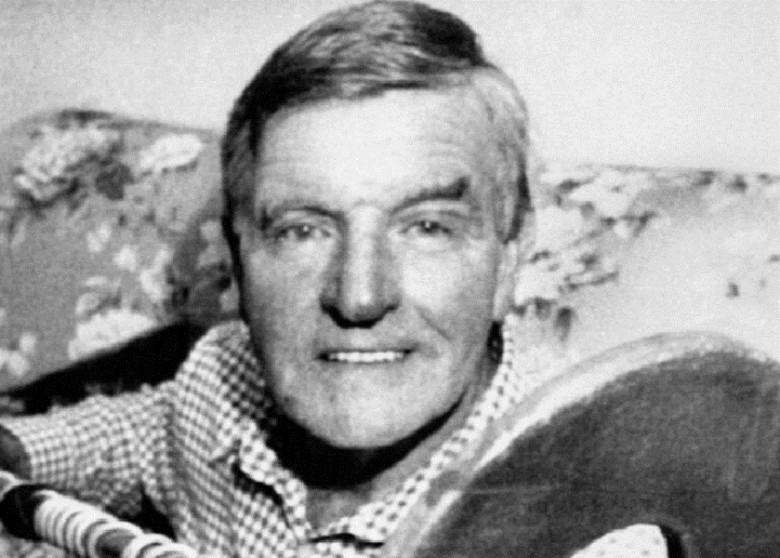
As a young man, he worked as a delivery driver, farmer, gardener, and even a soldier before settling down at the regional power company. His life experience and commitment to the community were remarkable.
Time to retire
After three decades of tirelessly working for the power company, Eric Lawes felt it was time to start a new chapter and retire. He had invested countless hours and unwavering effort into his profession, helping to provide light and energy to many households. His colleagues greatly appreciated his dedication and couldn't imagine a working life without him.
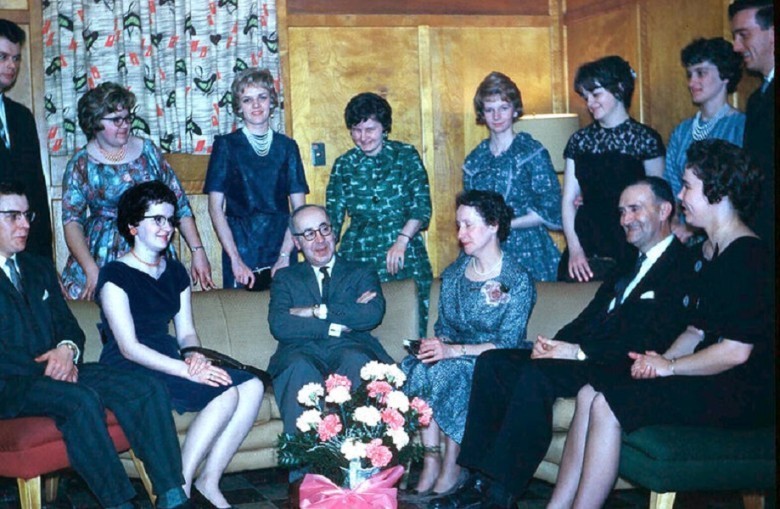
They didn't want to let his years of dedication and loyalty to the company simply come to an end. Therefore, they wanted to give him a special gift at his farewell party to express their appreciation. They approached him and asked the simple yet heartfelt question, "What would you like as a retirement gift?"
Metal detecting
He simply replied, a metal detector. While most might have expected something shinier or more fitting for 30 years of service, Lawes was convinced of his choice.
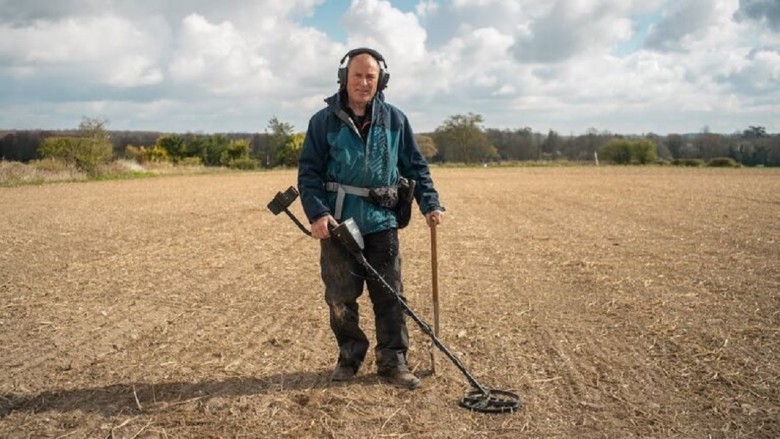
Although he had never thought about taking up this hobby before, he felt an inner certainty about the priceless treasures waiting to be discovered.
Nothing but Scrap
With retirement on the horizon and plenty of free time ahead of him, Lawes made the decision to start something new. While digging and searching, he felt the thrill and pleasure of potentially finding something valuable or historical. Unfortunately, the beginnings were not promising. During his first outings with the metal detector, he mostly found everyday items— an old bottle cap here, a rusted screw there. They were not the treasures he had dreamed of.
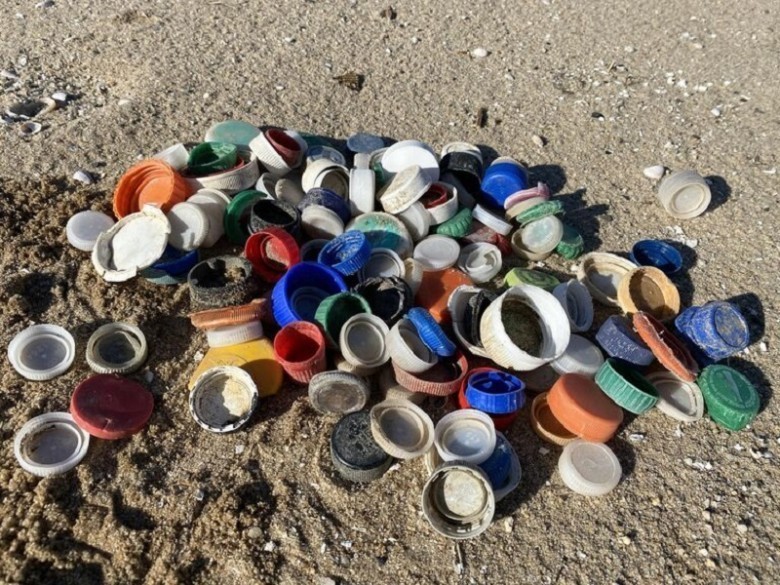
But Lawes didn't let himself be discouraged. He firmly believed that with patience and perseverance, a significant discovery might still be waiting for him. And soon enough, it would turn out that his belief was justified. As news of Lawes' new hobby spread in Hoxne, he was asked for help by a friend—and this request would forever change his life as a treasure hunter.
A Friend's Request
Shortly after starting his treasure hunt, Lawes received a call in 1992 from a farmer friend who needed assistance.
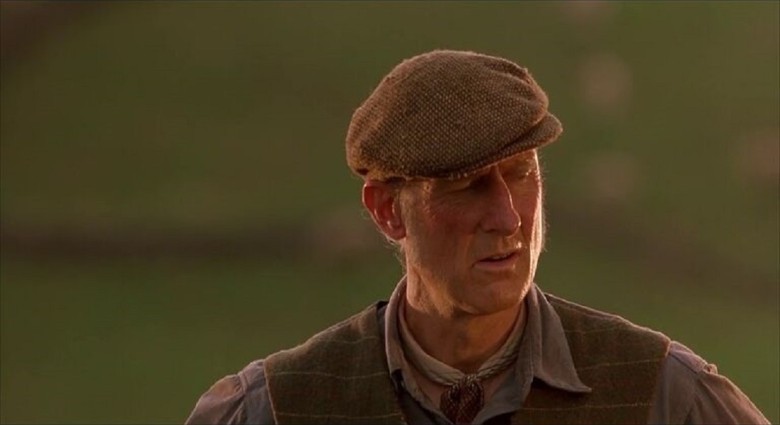
Apparently, the farmer had lost his hammer somewhere in his field and hoped that Lawes could help find it. Such stories demonstrate the close-knit community in such places.
Beep beep beep
Always ready to help, Lawes made his way to the property. But as soon as he started his search, his detector went crazy.
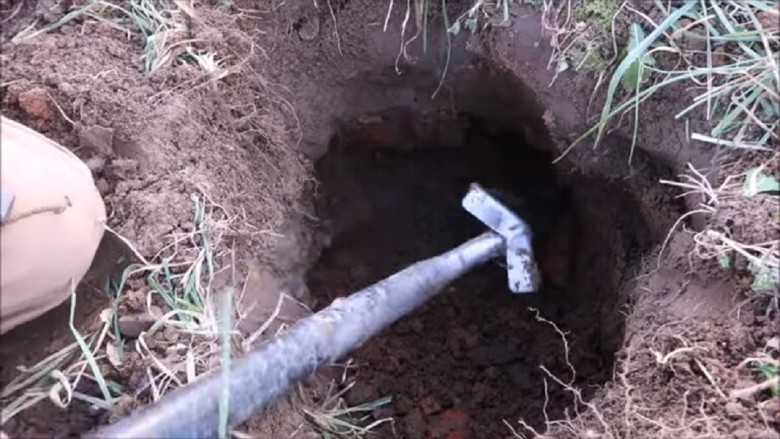
Assuming he had found the lost hammer, he grabbed the shovel and began digging. What he found then would change his life forever.
Metal Encounter
Lawes soon came across metal, but instead of the expected lost hammer, to his surprise, he found a coin. He could hardly believe what he was holding in his hands. A feeling of curiosity and excitement rushed through him.
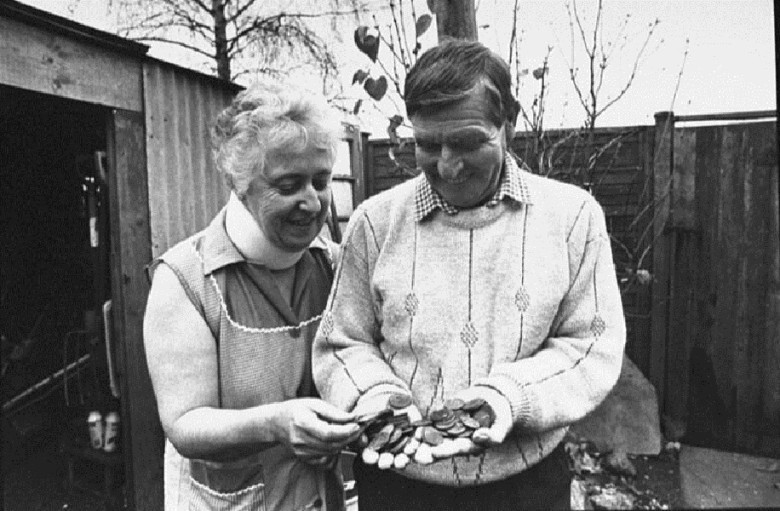
He wondered how a Roman coin could have ended up in this location and what it might signify. Without hesitation, he reached for his shovel again and dug deeper into the ground, driven by the hope of discovering more unexpected treasures.
Lost Relics
Deep in the earth, Lawes discovered dozens of silver spoons. As he continued to remove the soil, he uncovered the shimmering glow of more objects. His heart raced as he realized how many of these fascinating relics he was excavating.
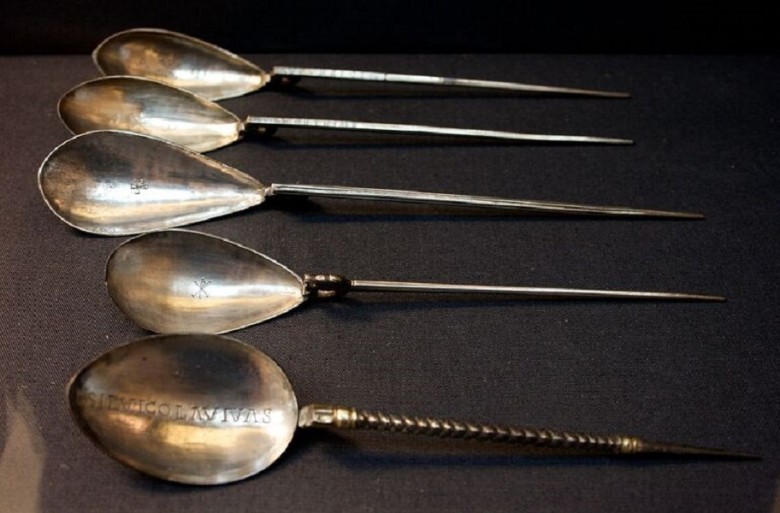
With each shovelful of earth he moved, his realization grew that he had stumbled upon something extraordinary.
Informing the Authorities
Quickly, the metal detectorist informed his farmer friend about the discovery. Without hesitation, the friend contacted both the police and a local archaeological group to examine the find in more detail.
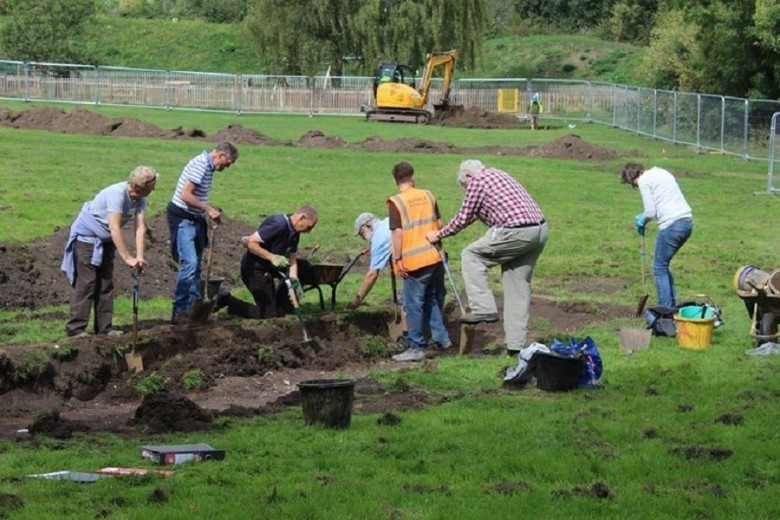
Experts quickly arrived on-site and began systematically investigating the fascinating discovery.
Piles of Coins
Lawes' discovery turned out to be thousands of gold, silver, and bronze coins, all minted with the seals and insignias of ancient Roman rulers. But that wasn't all.
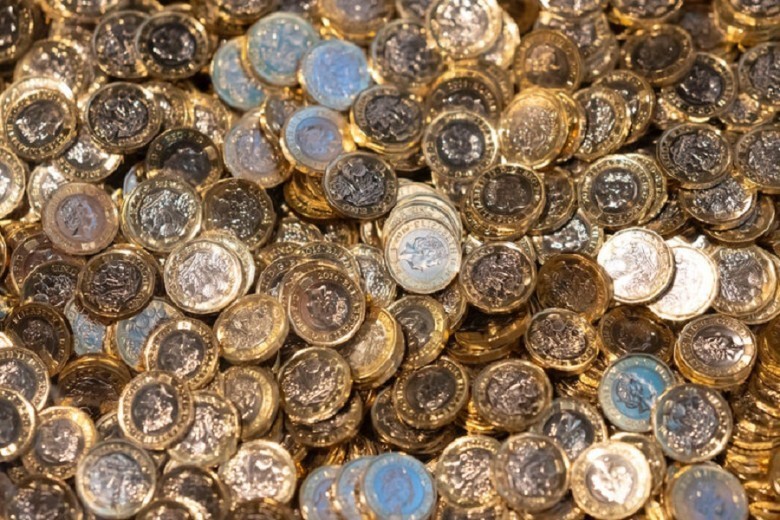
In addition to the coins, archaeologists also found a range of silver cutlery and various golden jewelry pieces hidden in the earth.
Roman Artifacts
The archaeologists initially dated the artifacts to around 400 AD, a time when Britain was only a colony of the mighty Roman Empire.
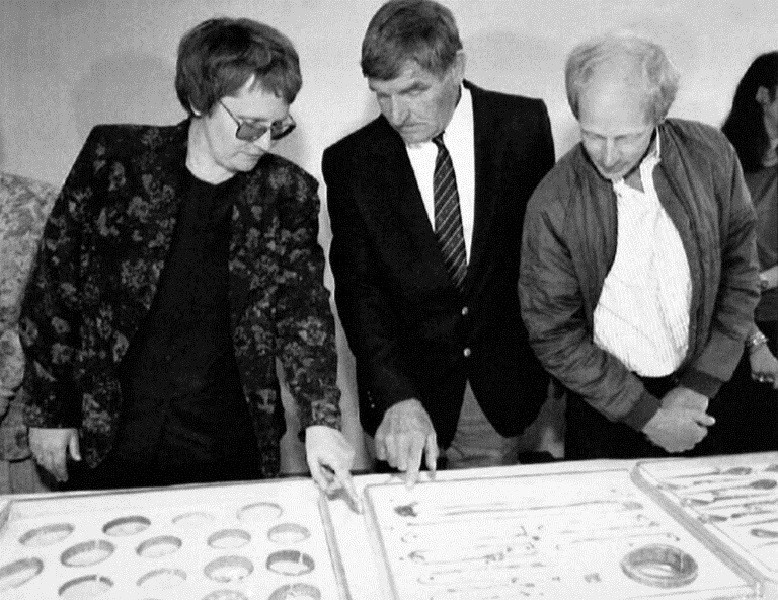
However, to determine a more precise age for the discovery, carbon dating was necessary, a method that has proven particularly reliable in archaeology.
Analyzing the Find
It was indeed unfortunate that no organic material was discovered during the excavation of this impressive find. This posed a special challenge for the experts as they relied on conventional methods such as carbon dating to determine the exact age of the objects. In such cases, archaeologists are often forced to pursue alternative approaches and bring their expertise to bear in order to decipher the mysteries of history.
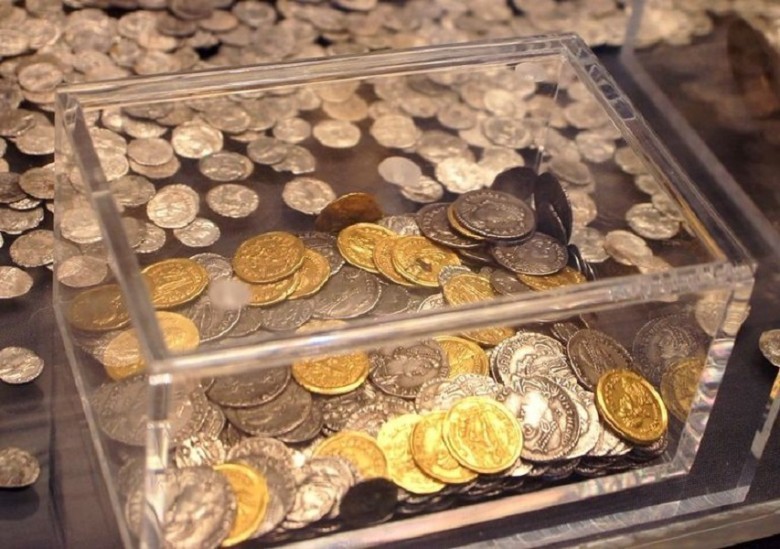
Archaeologist Peter Guest, an expert in his field, believed that even in the absence of organic material, the coins themselves could provide enough clues. After careful examination of the coins and their inscriptions, he was confident that they would reveal enough information to answer questions about the origin and age of the treasure.
Revealing Clues
Peter Guest, after conducting a detailed analysis of the coins, made a remarkable discovery. He found that a large percentage of the coins—specifically, 98% of nearly 15,000 pieces—had undergone a particular process. This process, known as clipping, involved carefully removing the edges of the coins. The result was that the coins became significantly smaller, often reduced to one-third of their original size.
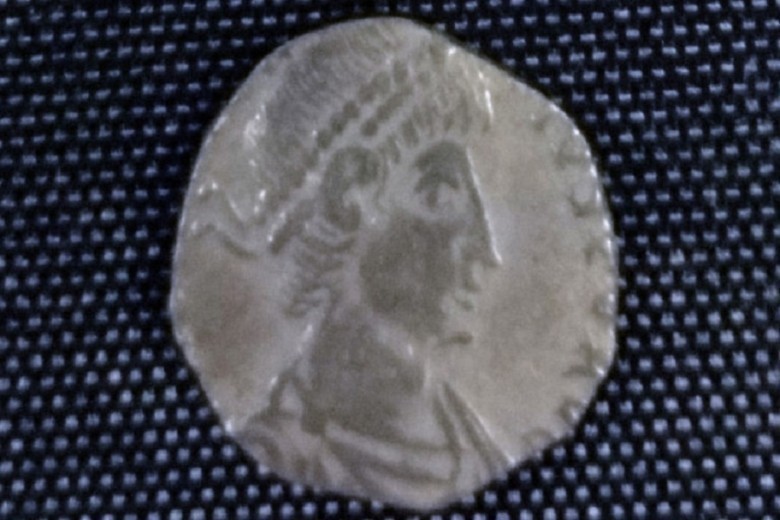
At first glance, this may seem like a peculiar practice, especially considering that such actions would be considered illegal and criminal in today's time. However, for the people of ancient Britain living under Roman rule and facing economic challenges after its collapse, clipping the coins was a creative and necessary way to keep their economy running and ensure the survival of their communities.
Britain post-Rome
After the end of Roman rule in Britain, the Roman currency was no longer minted for the colony, leaving the Britons reliant on the existing currency.
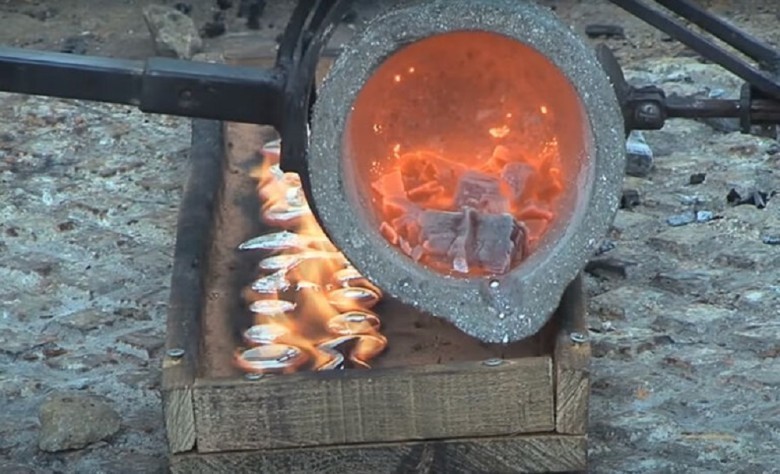
But by using the clipped edges of the existing Roman coins to create new currency, they could extend their money supply.
An Intriguing Hypothesis
Based on this hypothesis, Guest and the other archaeologists conducted chemical analyses on the coins, confirming that many of them were minted from clipped money.
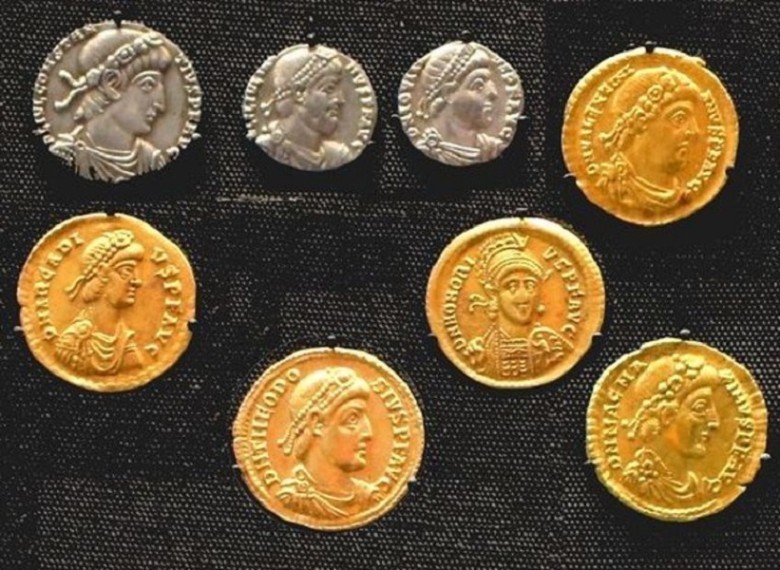
Therefore, the coins—as well as all other relics—were likely buried after 407 AD, coinciding with the end of the Romans in Britain.
The Hoxne Hoard
With the identification of Lawes' discovery, the find was officially designated as the Hoxne Hoard, the largest of its kind ever discovered in Britain.
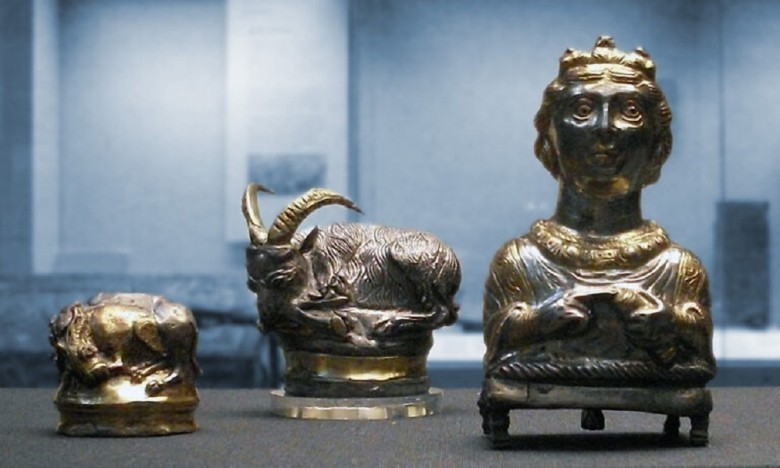
Even more impressively, this hoard was also considered the largest collection of gold and silver coins from the 4th and 5th centuries ever recovered within the former borders of the Roman Empire.
Museum Exhibition
Given the significance of this find, it did not take long for the British Museum in London to claim the treasures for exhibition. But don't worry—Lawes was generously compensated for his role in uncovering this historic discovery. The discovery of such valuable artifacts is always of great importance to museums, especially renowned institutions like the British Museum.
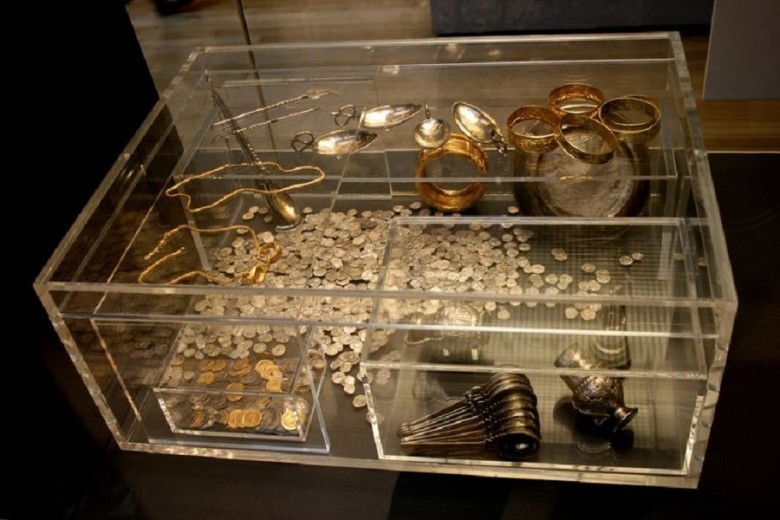
The museum, known for its impressive collection of art and antiquities from around the world, recognized the invaluable value of this particular find and wanted to ensure that it would be made accessible to the public.
A Small Fortune
As a reward for discovering the hoard, Lawes received £1.75 million (approximately £3.5 million today). He decided to share this amount with his friend and fellow farmer Peter Whatling. With his share of the money, Lawes built himself a home in the small village of Denham.
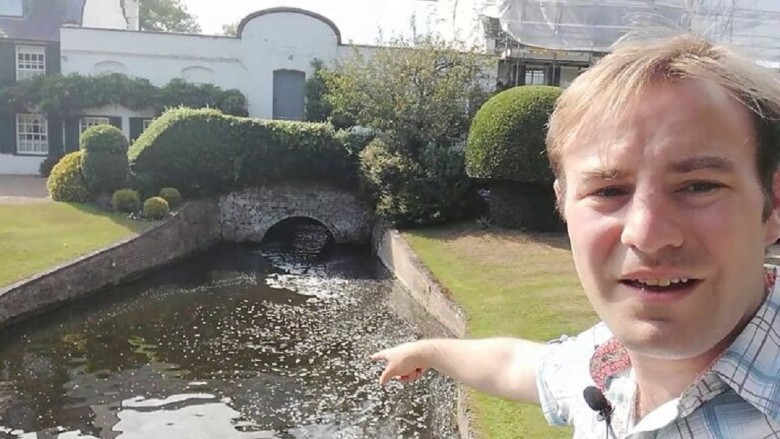
This generosity speaks to his character and appreciation for those who played a role in the discovery. But more recently, other metal detectorists have made significant discoveries that have plunged them into a world of problems.
Meeting with the Guys
It was July 26, 2020, in the tiny village of Lindsey in the English county of Suffolk. On this day, 40-year-old Luke Mahoney met up with his friends Matt Brown and Dan Hunt to search a field near the Lindsey Rose Pub.
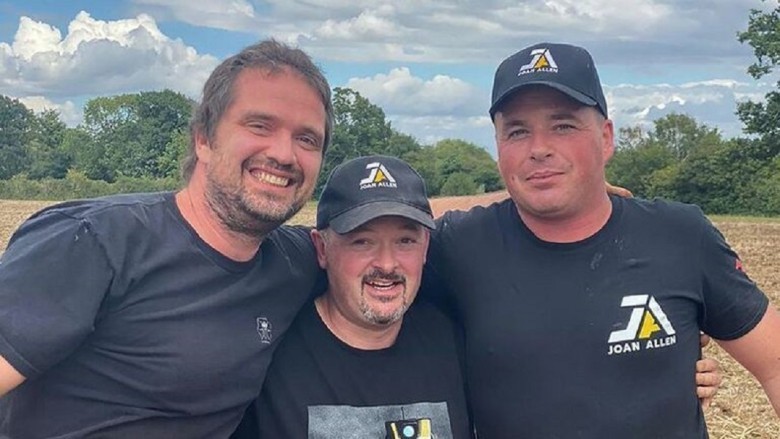
Little did they know that what Mahoney would discover would exceed all their expectations. An ordinary day turned into an unforgettable adventure.
A Familiar Enthusiast
For years, Mahoney had been searching the fields around Lindsey, hoping to make a find that would make all his hard work worthwhile.
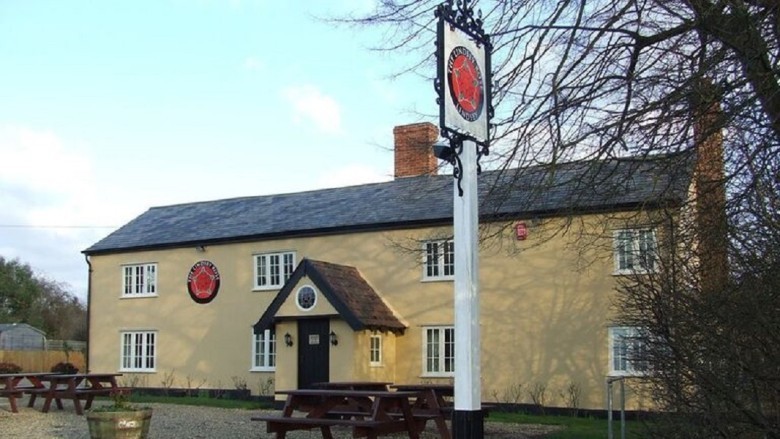
Even the pub owner had grown accustomed to his enthusiasm for buried treasures. But until recently, the valuable hoard that every detectorist dreams of had constantly eluded him.
A Stroke of Luck
After a long, often frustrating search and many days where his metal detector only reacted to worthless junk, Mahoney finally had a breakthrough. Behind the venerable Lindsey Rose Pub, a building that could hold its own stories and secrets from centuries past, his faithful device led him to a true treasure. He discovered an impressive collection of over 1,000 historical coins buried deep in the ground.
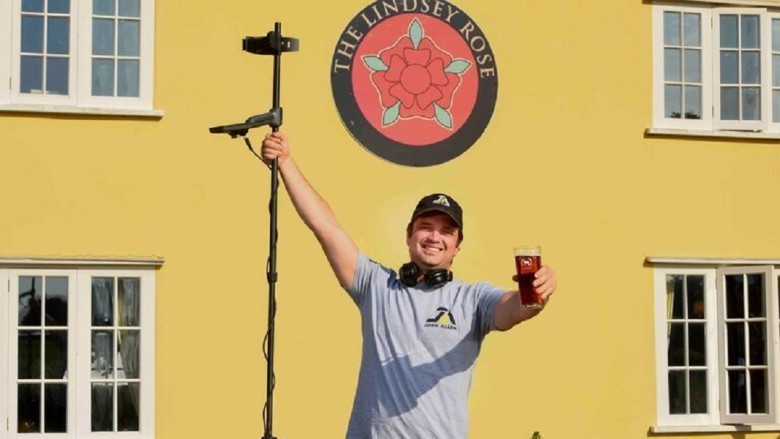
Some of these coins were incredibly old, dating back to the Elizabethan era, a period known for its art, culture, and discoveries. Other coins came from a turbulent time in English history, the English Civil War, when the country was deeply divided politically and religiously.
Confirmed Fortune
Excited by their discovery, Mahoney and his companions hurried to inform the owner of the Lindsey Rose. And in the following nights, they kept watch in case looters tried to tamper with their valuable find.
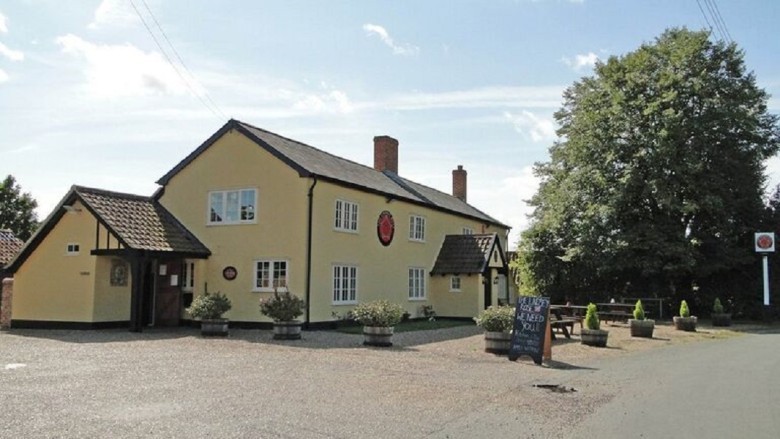
Finally, the truth they suspected was confirmed—they had discovered a small fortune beneath this field in Suffolk.
Not the First
Of course, Mahoney and his friends were by no means the first to discover treasures in the British countryside. In fact, one of the largest coin hoards ever found in Britain was the result of dedicated detectorists' work.
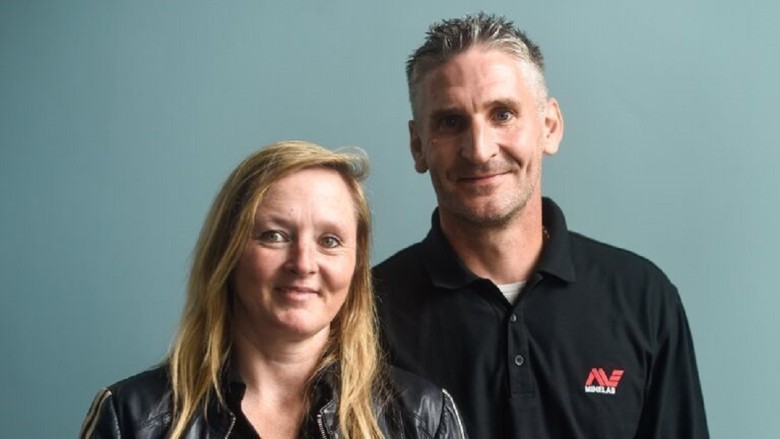
Back in 2019, enthusiasts Adam Staples and Lisa Grace made their own astounding discovery in the Chew Valley region of Somerset, in the southwest of England.
Beeping Sounds
At the time, Staples and Grace were teaching a group of friends how to use their metal detecting equipment. During this lesson, the detectors suddenly started sounding the alarm. After a tiring day of lifting relic after relic from the ground, the group managed to unearth over 2,500 Norman coins.
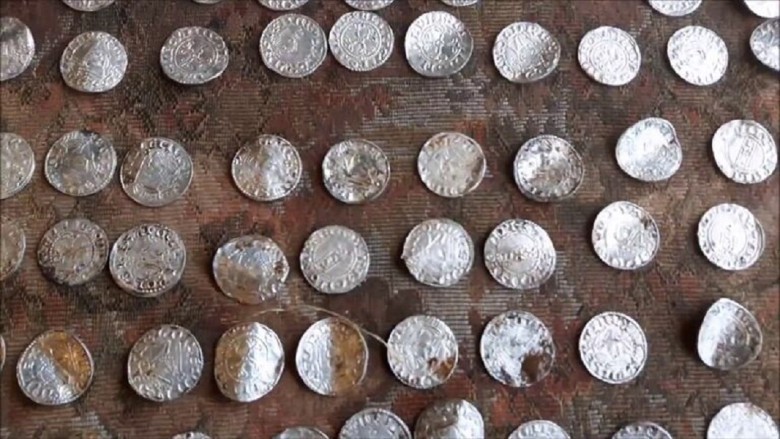
These coins, hidden underground, were testimonies of a bygone era, and their discovery was a clear indication of the rich history buried deep in British soil.
Massive Catch
At that time, Grace and Staples' find was estimated to be worth a staggering £5 million (approximately $6.5 million).
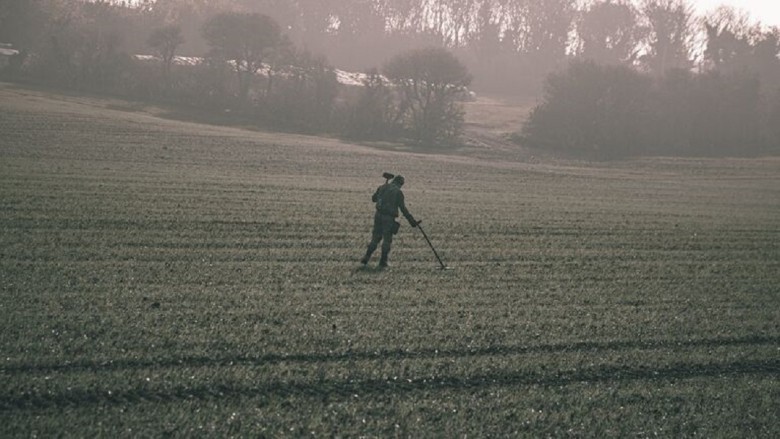
But artifacts don't have to be from the 11th century to be worth a fortune. An example of this is Michelle Vall's discovery in November 2018 when she visited Loch Lomond in Scotland.
Historical Ring
On the shores of the lake, Vall discovered a golden ring believed to be from the 17th century. Although she couldn't sell it to the Scottish government, her find eventually fetched over £17,000 at an auction.
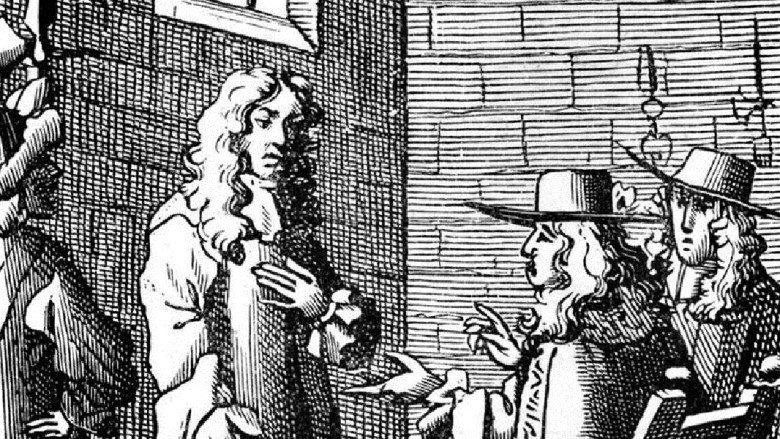
After further investigation, the sellers concluded that the piece of jewelry likely once belonged to Edward Colman, who worked as a bodyguard for King Charles II.
Ancient Sword
Even more recent is the discovery made by a young boy in August 2020, who found gold while using his new metal detector for the first time.
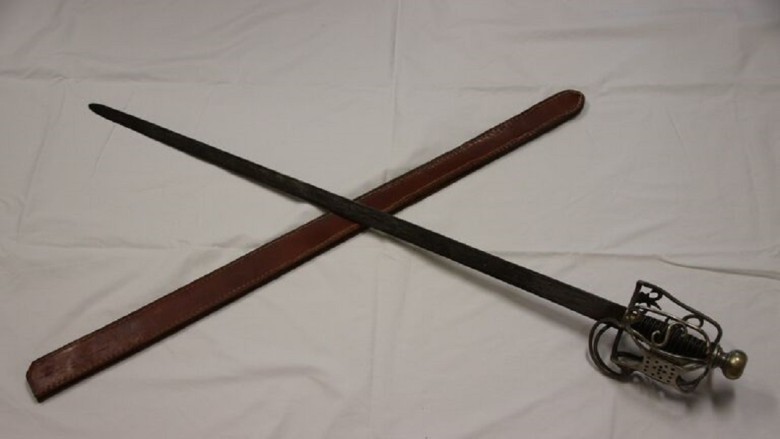
After receiving the device for his birthday, ten-year-old Fionntan Hughes set off near his home in County Tyrone, Northern Ireland. Soon, he unearthed a sword believed to be from the 18th century.
A Lifelong Hobby
Although the exact history and value of Hughes' discovery are still to be determined, he will likely indulge in this hobby throughout his life.
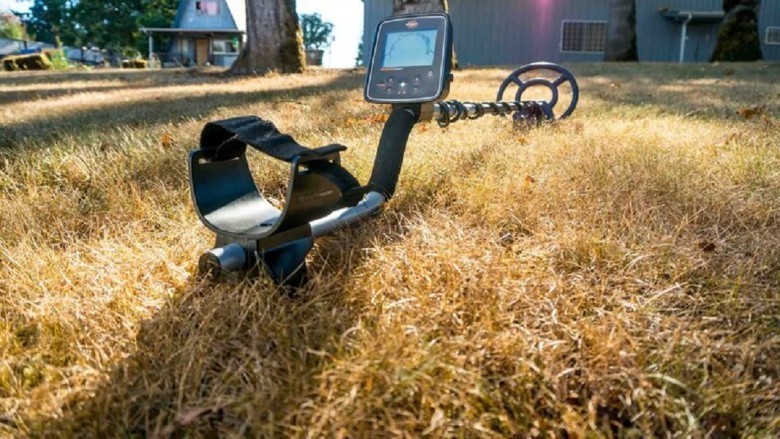
In fact, Mahoney compared the fascination of metal detecting to fishing, where enthusiasts embrace the thrill of landing a record catch.
A Passionate Pursuit
There's this deep-rooted passion for hunting and discovering that drove Mahoney to embark on years of searching for hidden treasures. For over ten years, he has been an avid metal detectorist, a hobby that has even led him to travel abroad to uncover the secrets beneath the ground.
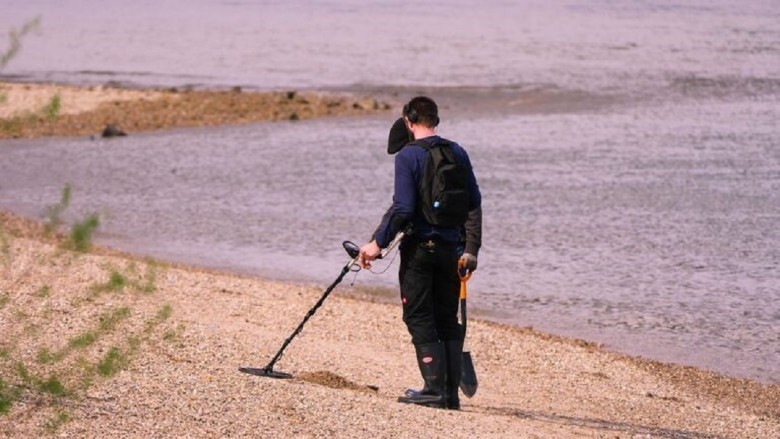
When Mahoney decided to settle in Lindsey in 2015, it was only natural for him to bring his beloved hobby to this new home and continue pursuing it there.
Preaching the Sport
Mahoney's fascination with the world of metal detecting goes so far that he even established his own store called "Joan Allen Electrics," offering equipment and advice to other enthusiasts.
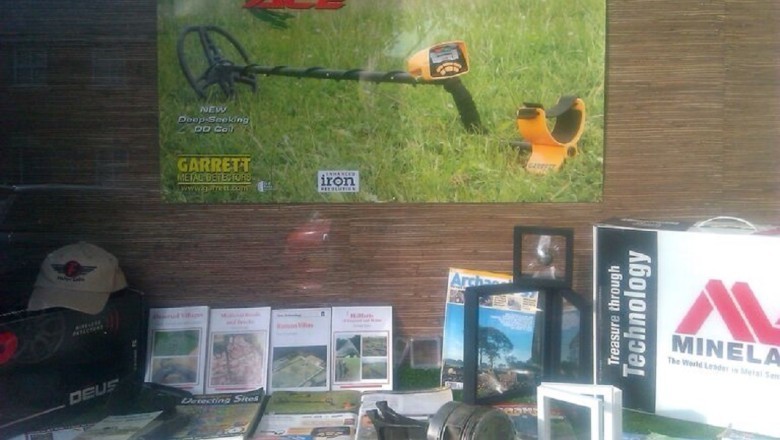
In an interview with the Daily Mail in August 2020, he spoke about his enthusiasm and encouraged others to also take up detecting. He said, "If you feel like there's a little Indiana Jones inside you, then follow that feeling and give it a go."
To Lindsey Rose
In July 2020, Mahoney decided to extend his search skills to the field behind the Lindsey Rose Pub. There was a particular reason why this place attracted him, and he was confident that his investment of time and energy would pay off.
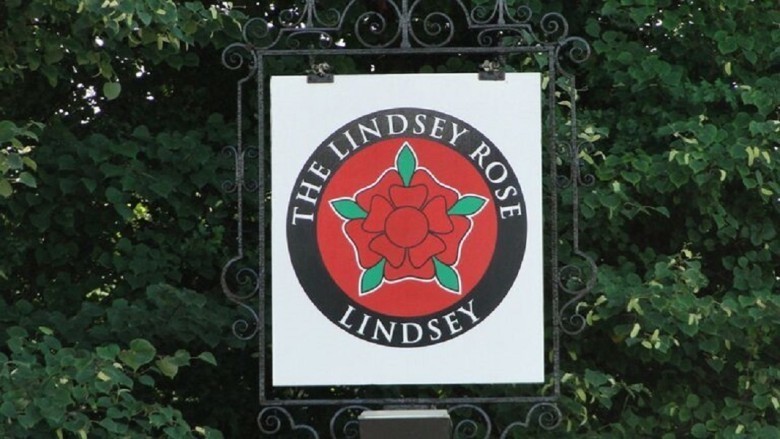
One morning, specifically on the 26th, he was accompanied by his friends Brown and Hunt. Together, the three of them began systematically searching the recently harvested field with their metal detectors.
Strong Start
In the first few hours of their adventure, the three men already felt like they were on the right track. Mahoney told the Daily Mail, “In the morning, we made an interesting find – a beautiful gold coin and also a small sixpence.”
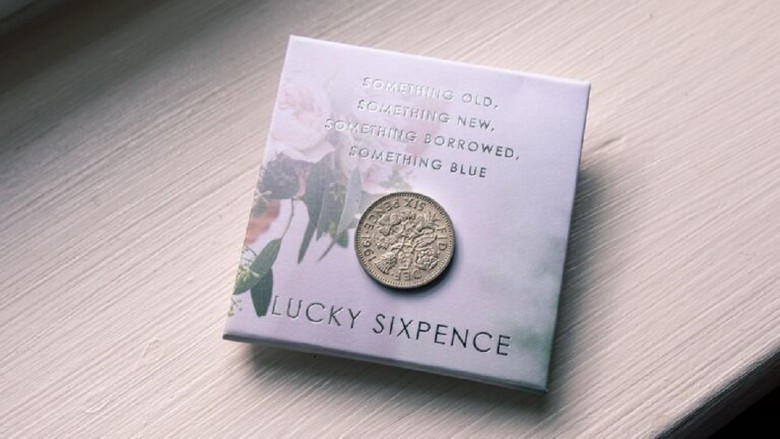
With renewed energy, the three men returned to the field and continued their search. Mahoney recalled, "I had just started again and I received a strong signal, and I uncovered a coin from Charles." But that was just the beginning. More signals followed, and with each new discovery, the realization grew that they had found something historical and magnificent.
Coins Everywhere
With a specially designed stainless steel spade, Mahoney began sifting through the ground. As he dug, several beaten silver coins emerged from underground. They were everywhere, the detectorist reported.
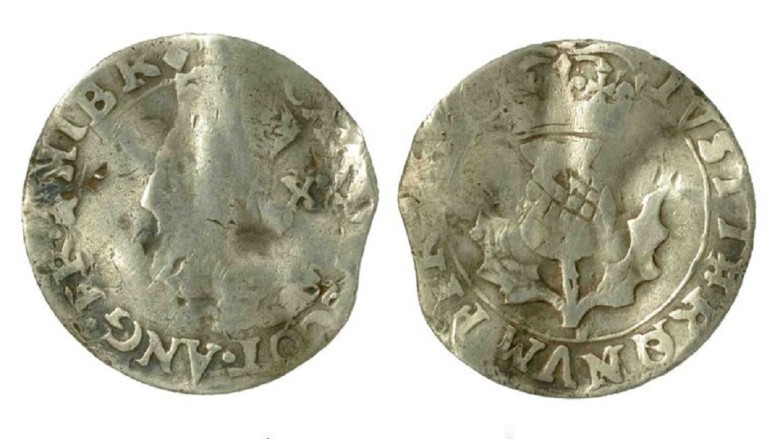
It was absolute chaos. After ten minutes, I received a very strong signal and thought, 'This is it, the big thing.'
Treasure Trove
Eventually, Mahoney's spade uncovered an earthenware vessel that had been buried underground for hundreds of years. And inside, they discovered even more treasures waiting to be revealed.
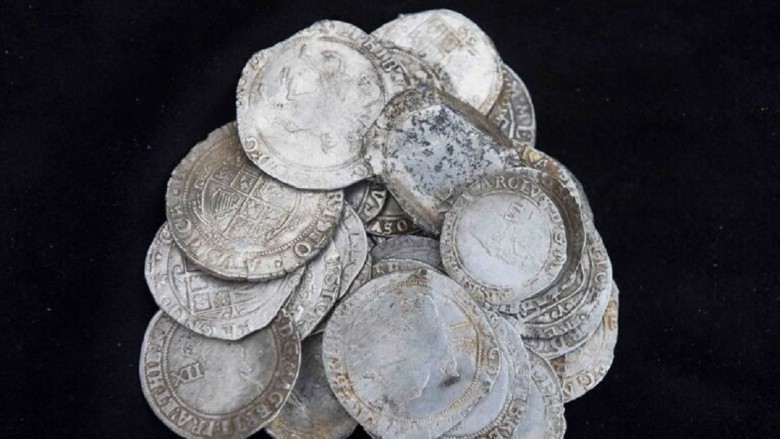
"We kept digging and came across the pot," he recalled. "The feeling of scraping away the dirt and seeing the coins is just indescribable."
Sharing the News
Overwhelmed by the find, Mahoney contacted Charlie Buckle, the landlord of the Lindsey Rose Pub. The 25-year-old, just finishing his Sunday lunch, was initially skeptical.
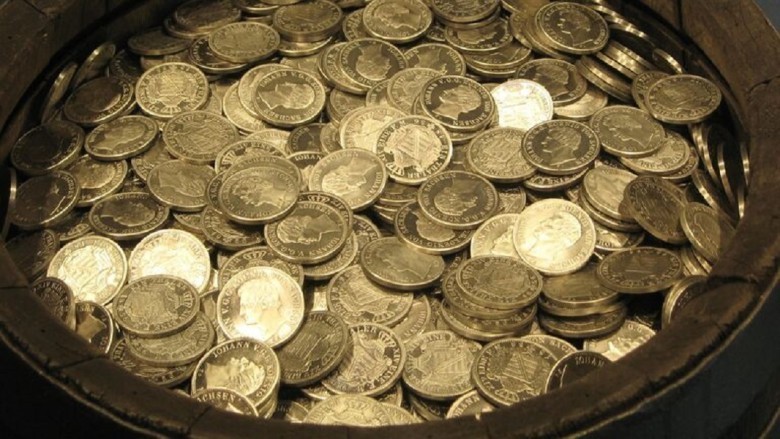
In an interview with the Daily Mail, he said, "Luke often gets excited about his finds, so initially, I thought, 'Yeah, right.' But then he kept calling and saying I had to come and see what he had found."
Guarding His Treasure
In England, detectorists are required to report any discoveries to the local authorities. Therefore, Mahoney properly reported his find to the appropriate coroner and the regional finds officer.
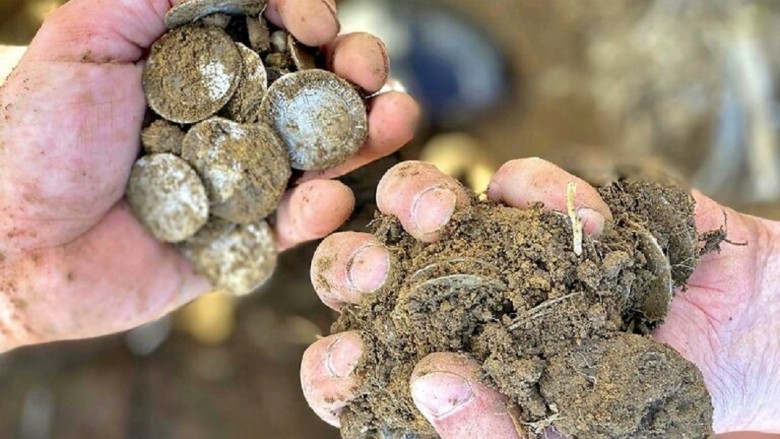
But the excitement was far from over. He spent two nights guarding his historic treasure.
Beware of the Nighthawks
But what was Mahoney afraid of in this idyllic English village? It seems that British detectorists are at war with illegal grave robbers known as "Nighthawks."
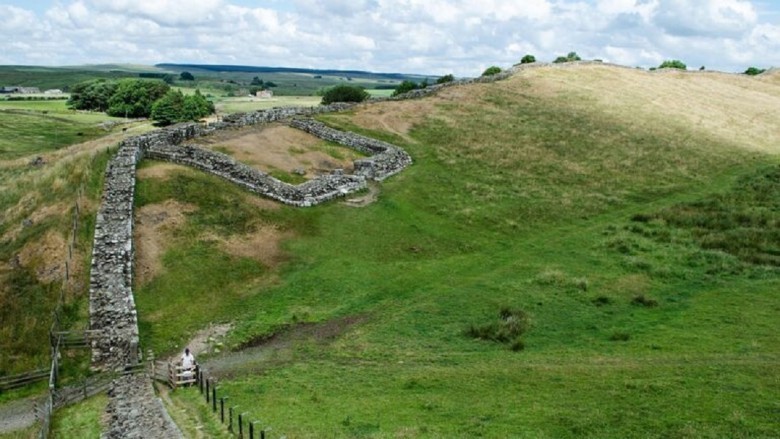
These ruthless treasure hunters are notorious for exploiting historical sites like Hadrian's Wall. Could the treasure of Lindsey be next on their list?
Professional Looters
"I had to stay awake because I didn't want other people going onto the field and stealing the coins," Mahoney told the Daily Telegraph in August 2020. "I only slept sporadically for about two nights."
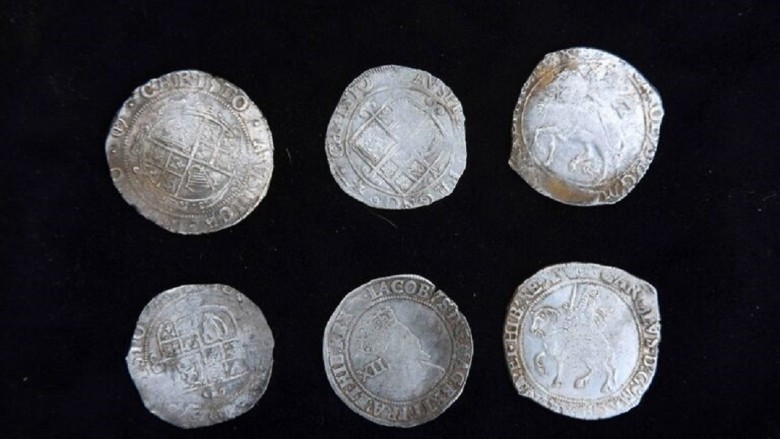
These Nighthawks are professional thieves who make a living waiting for detectorists and then swooping in to take anything left behind.
Feeling Paranoid
Apparently, Mahoney feared that the Nighthawks would loot his treasure and sell the coins on the black market.

So, he decided to keep watch to protect his find. Speaking to the Daily Mail, he said, "I waited in my car all night and watched to make sure no one tried to steal the treasure. Even now, I'm still a bit paranoid."
Validated Fears
Alarmingly, Mahoney's fears appear to be validated. Several days after the initial discovery, the detectorist found a discarded headphone case in the field behind the Lindsey Rose Pub.
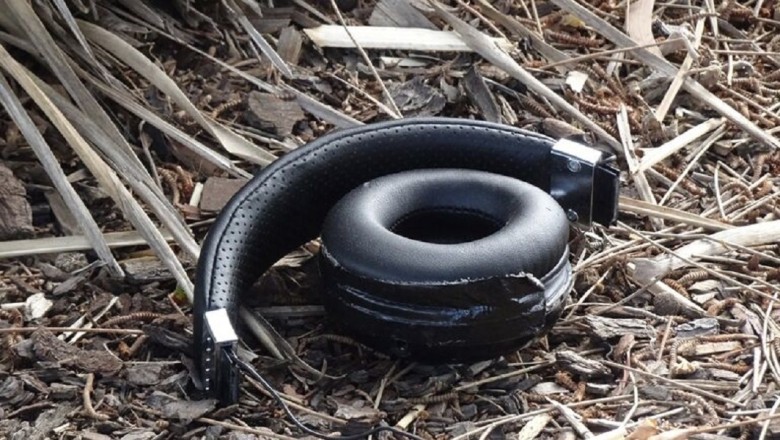
For Mahoney, this find was not just mere evidence. It confirmed his deepest fears that someone had attempted to trespass on the field and steal the valuable treasure he had discovered after so much searching. This suspicion made him even more vigilant and constantly kept an eye on the area to ensure that no one else had a chance to plunder his hard-earned heritage. He knew he couldn't rely solely on physical evidence and had to listen to his gut when it came to protecting his historic find.
Determining the Story
Currently, experts are working to determine the exact age and history of the coins. However, it is believed that they were intentionally buried during the English Civil War.
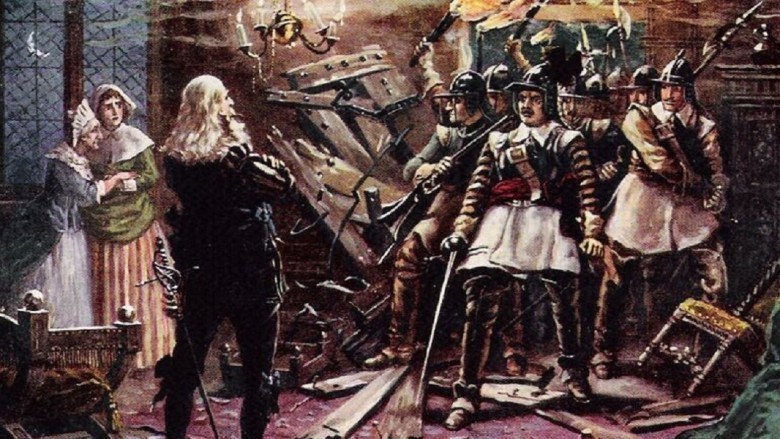
This war, which lasted from 1642 to 1651, saw Royalists, also known as Cavaliers, fighting against the pro-parliamentary Roundheads for control of the country.
Protecting Riches
As the war raged on, both sides were forced to recruit members of the local population to assist their cause. In Lindsey, experts believe that a particularly wealthy citizen was called upon to fight.
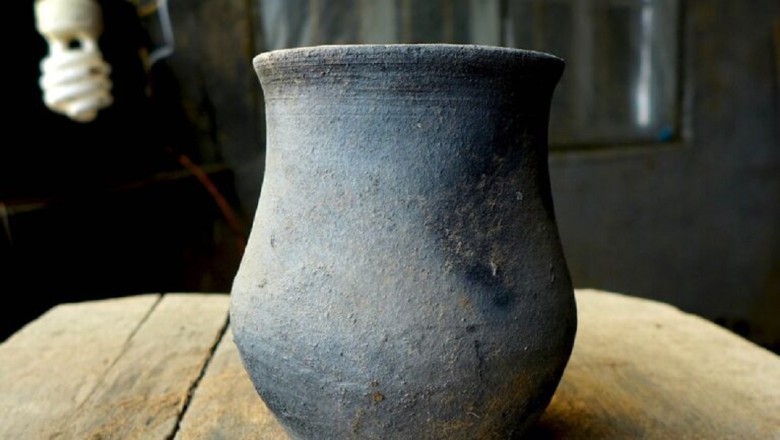
In an effort to protect their wealth, they hid it inside an earthenware vessel and buried it in the field that now borders the Lindsey Rose Pub.
Never Returned
After safely hiding their fortune, the owner of the coins seemingly went off to war. Unfortunately, they never returned to unearth their hidden treasure.

With over 180,000 people presumed to have lost their lives in this conflict, it is likely that this owner perished in the chaos of war before they could return and reclaim their wealth.
First Attempt
For centuries, the container filled with coins remained hidden, resting just a few meters below the surface of the field. It is possible that a recent plow struck the still buried vessel, causing it to crack.
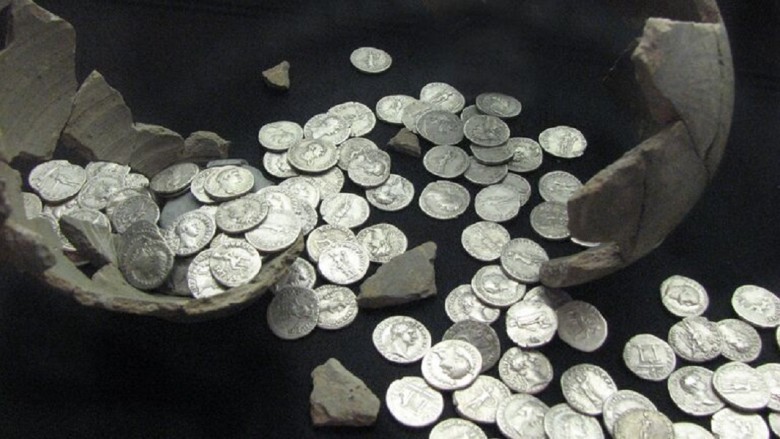
After this incident, it was only a matter of time before a detectorist like Mahoney would discover the precious find.
Identifying the Treasure
According to Mahoney, the oldest coin among those found is a shilling from the Elizabethan era, likely minted between 1573 and 1578.

However, the majority of the collection consists of half-crowns minted during the reign of Charles I between 1641 and 1643. Therefore, it is likely that they were issued during the early stages of the civil war.
Temporary Mints
Interestingly, this connection could make the coins particularly valuable for collectors. During the civil war, the royal cause constantly needed cash to ensure the loyalty of their troops.
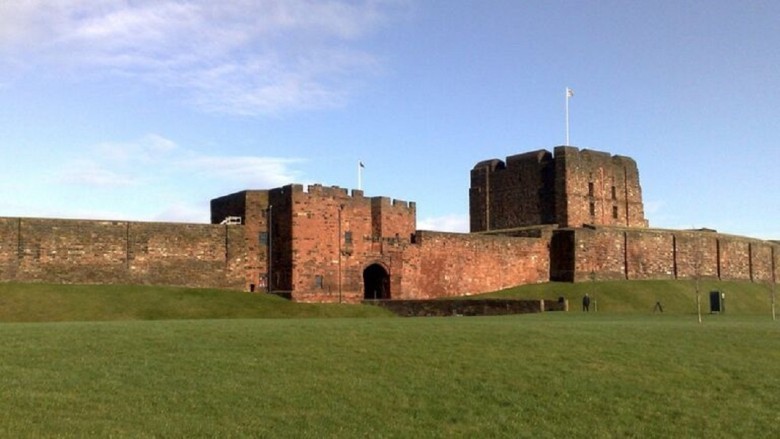
As a result, temporary mints were set up in four English castles in Carlisle, Pontefract, Newark, and Scarborough.
Increasing Value
There, precious metals like silver were melted down and minted into coins. Meanwhile, the official royal mint, along with the rest of the court, was relocated to Oxford.
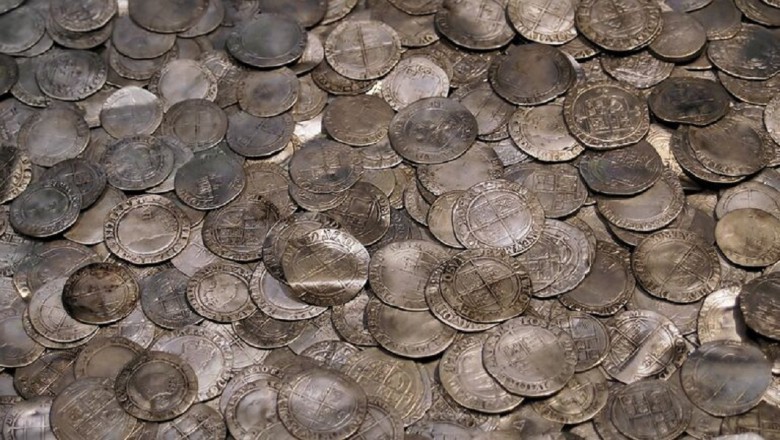
Therefore, the currency issued during this period comes with a fascinating history that could increase its value to potential buyers.
Historical Connection
Nigel Mills, an appraisal expert, estimates that each Charles I coin in the Lindsey collection could fetch up to £75 at auction.
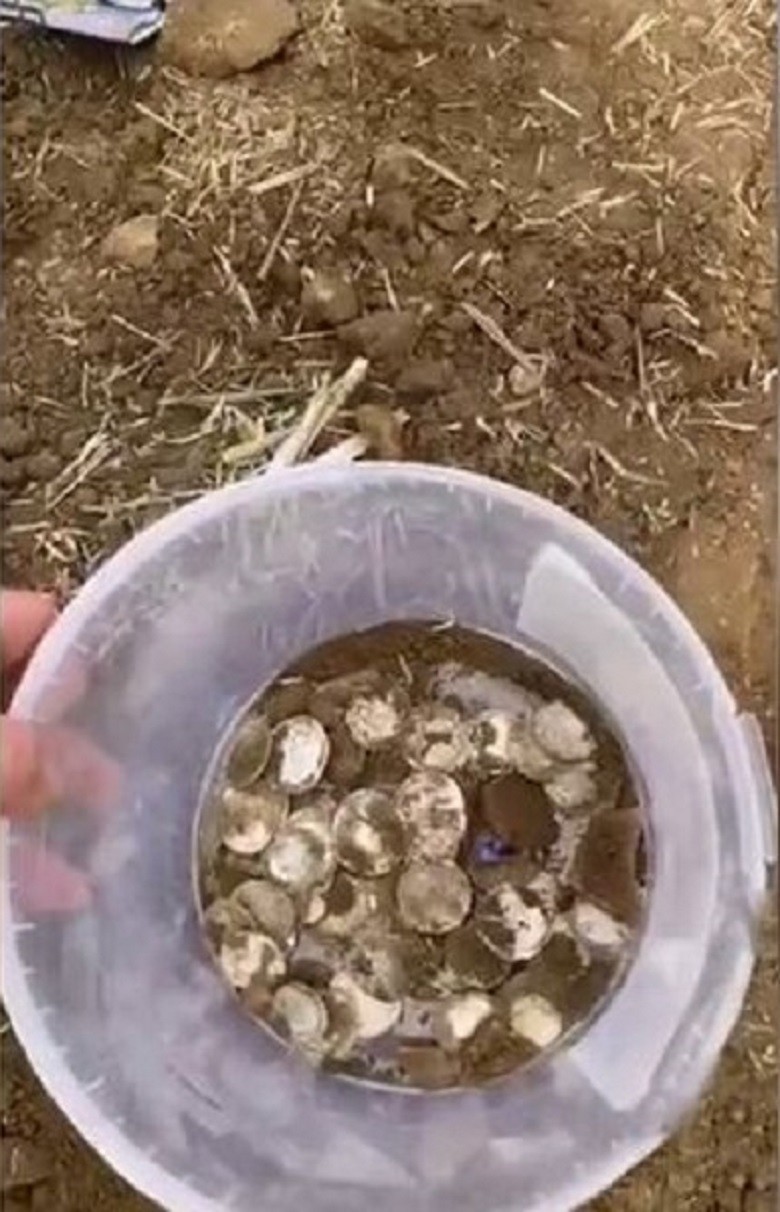
However, if the seller can establish a connection to a specific historical event, it would be much more valuable. In fact, he believes that Mahoney's discovery has the potential to fetch an astonishing sum.
Surprising Discovery
Currently, Mills estimates the value of the coin collection discovered behind the Lindsey Rose Pub to be around £100,000, approximately $130,000.
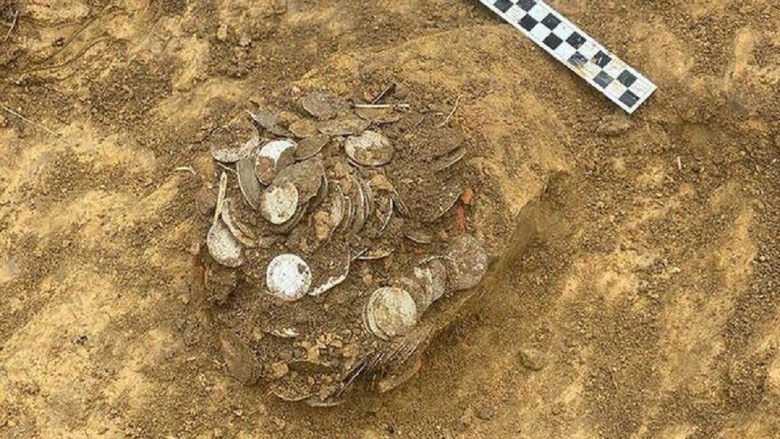
For an amateur detectorist like Mahoney, this is the dream come true. However, despite this success, he seems to have remained humble.
Legal Division
"I want the coins to go to a local museum," Mahoney told The Telegraph in August 2020, "and the money from their sale to be a little extra for me and my two friends, Dan Hunt and Matt Brown, who found them with me."

Under British law, the men must share any profits with the landowner, but they will still receive a considerable reward.
Minelab Equinox 800
In the meantime, Mahoney credits his favorite detector, the Minelab Equinox 800, as the secret to his success.
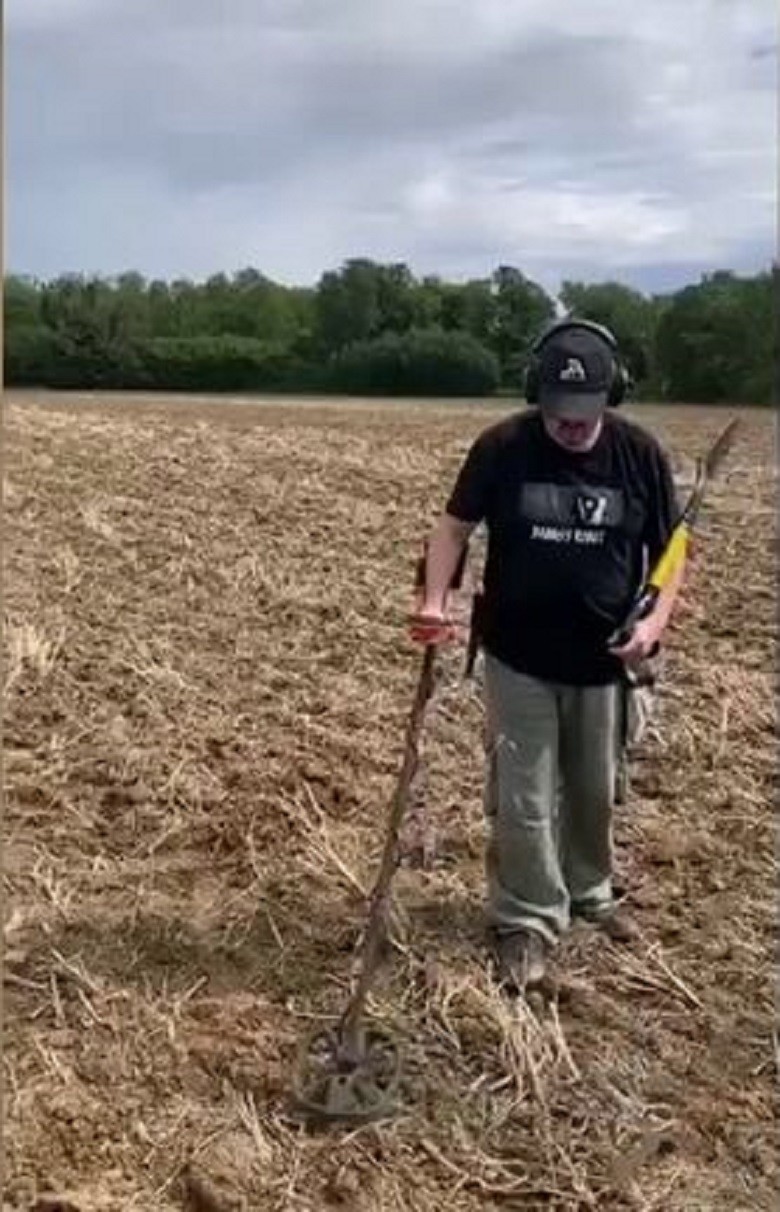
"I knew the other Nighthawks wouldn't find anything because they were not using the same detectors as us - they weren't using Minelab detectors," he told the Daily Mail.
The Best on the Market
Manufactured by the Australian electronics company Minelab, the Equinox 800 is one of the most advanced devices on the market. In fact, according to Mahoney, it works so well that he never uses an alternative device.
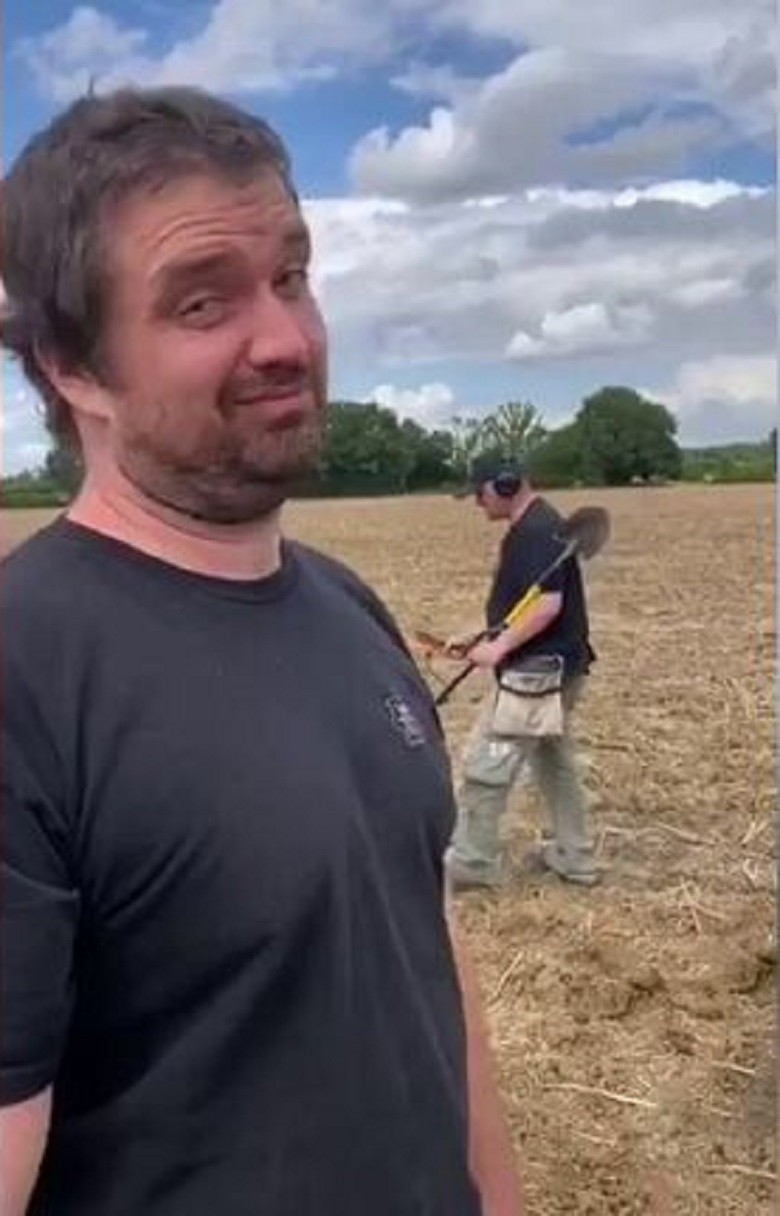
"You switch it on and it does everything for you," he explained. "For example, it could tell me that a piece of metal in the ground is a key."
Spreading Good News
At Minelab, the team was thrilled with Mahoney's unique find and optimistic about what he could discover in the future.
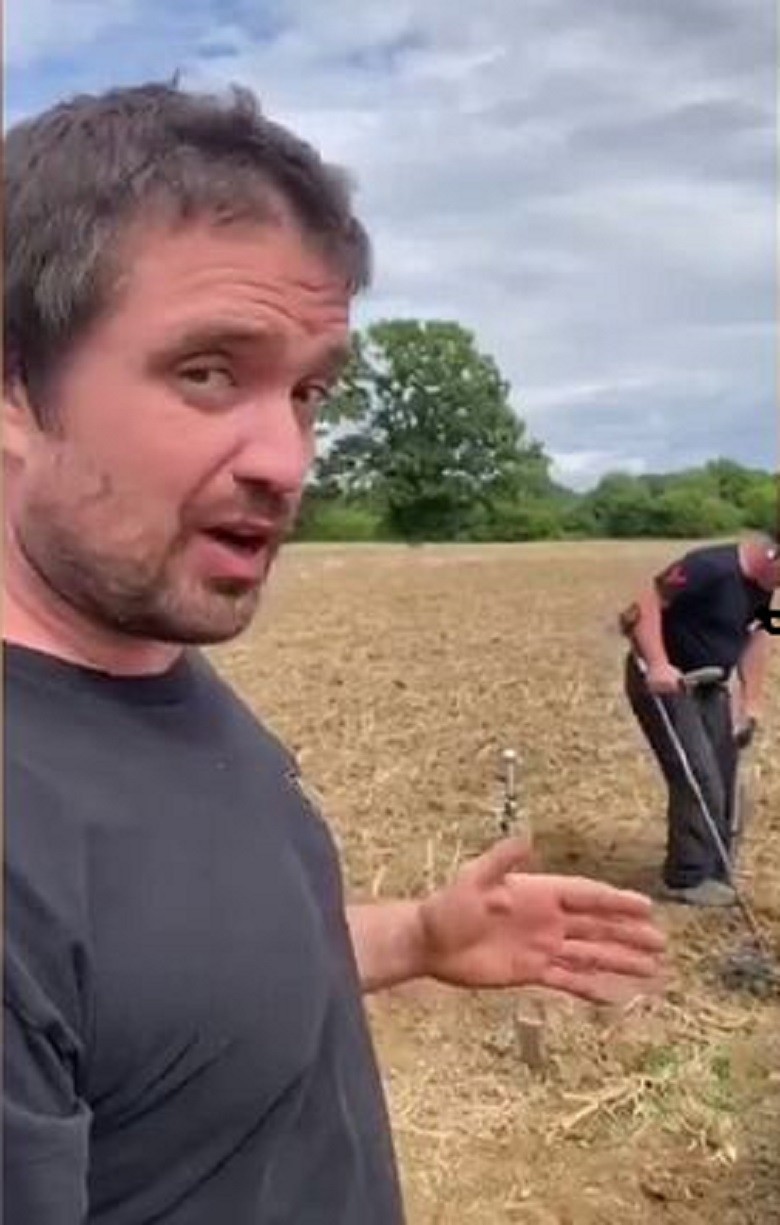
Michelle Meyers, the Vice President of Global Marketing for the company, explained, "When we first heard about Luke's discovery, we knew he had found something big."
Offering Assistance
"He told us that he had used one of our metal detectors, and the entire Minelab team was excited for him. We knew what an incredible feeling it is to make such a find," Meyers continued.
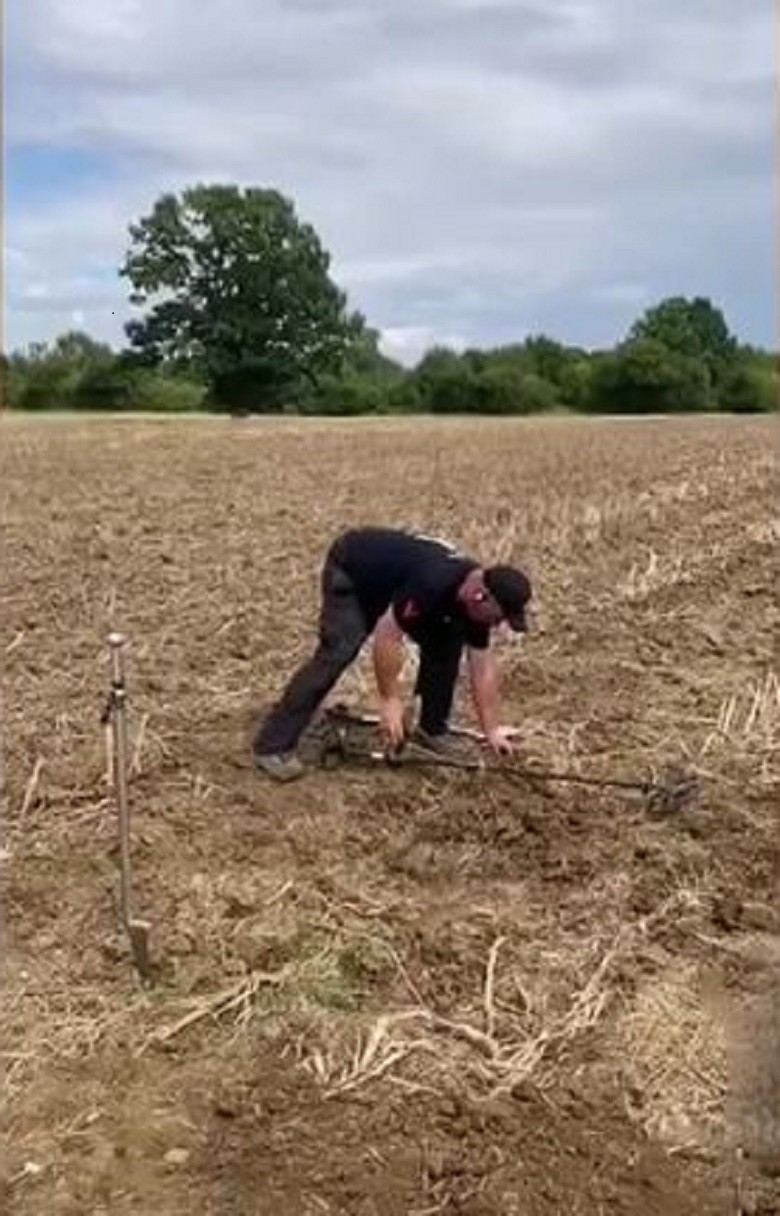
"Luke is an experienced metal detectorist and knows what to do, but we immediately offered our assistance to ensure he has access to the appropriate authorities in the UK."
Knowing the Laws
In this regard, Meyers warned those who want to follow in Mahoney's footsteps. "Getting into metal detecting is very easy and very rewarding, but you have to follow the laws in your own country.
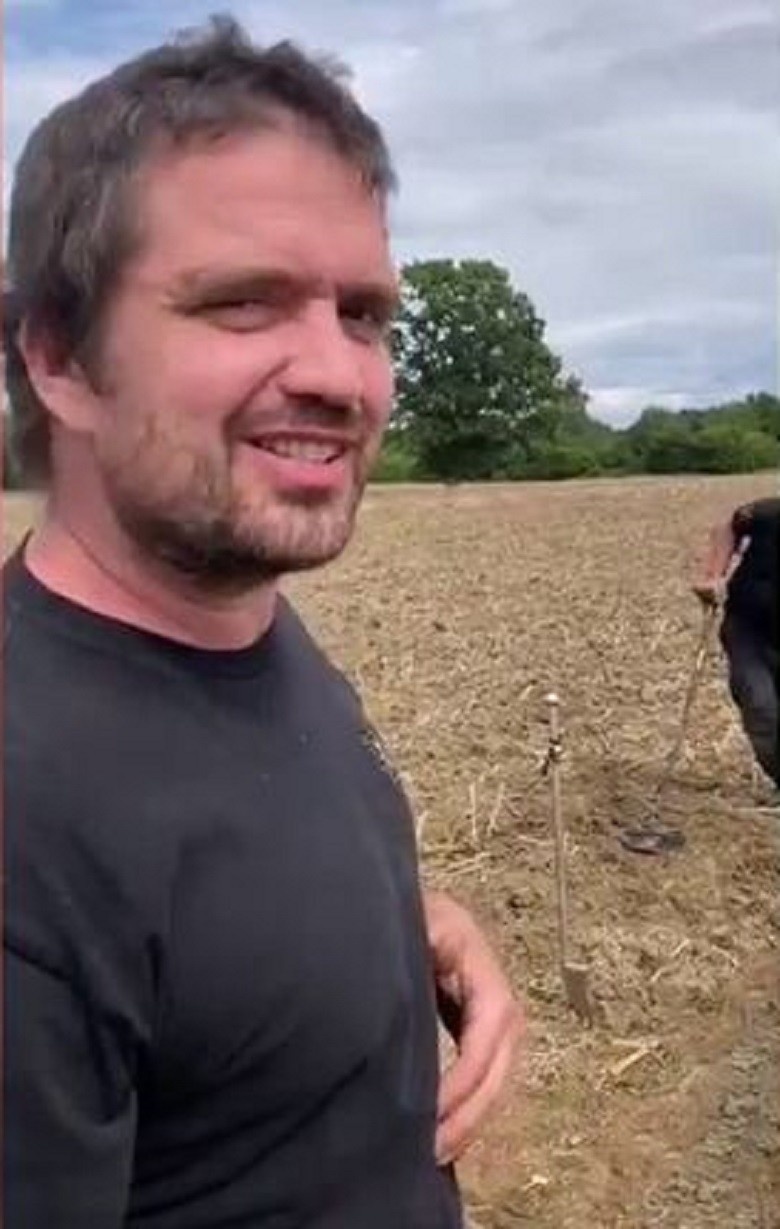
In the UK, this means adhering to the Treasure Act of 1996 and reporting all finds," she said.
Inspiring Others
In conclusion, Meyers stated that the team is excited to see what else Mahoney could discover with his trusted detector.
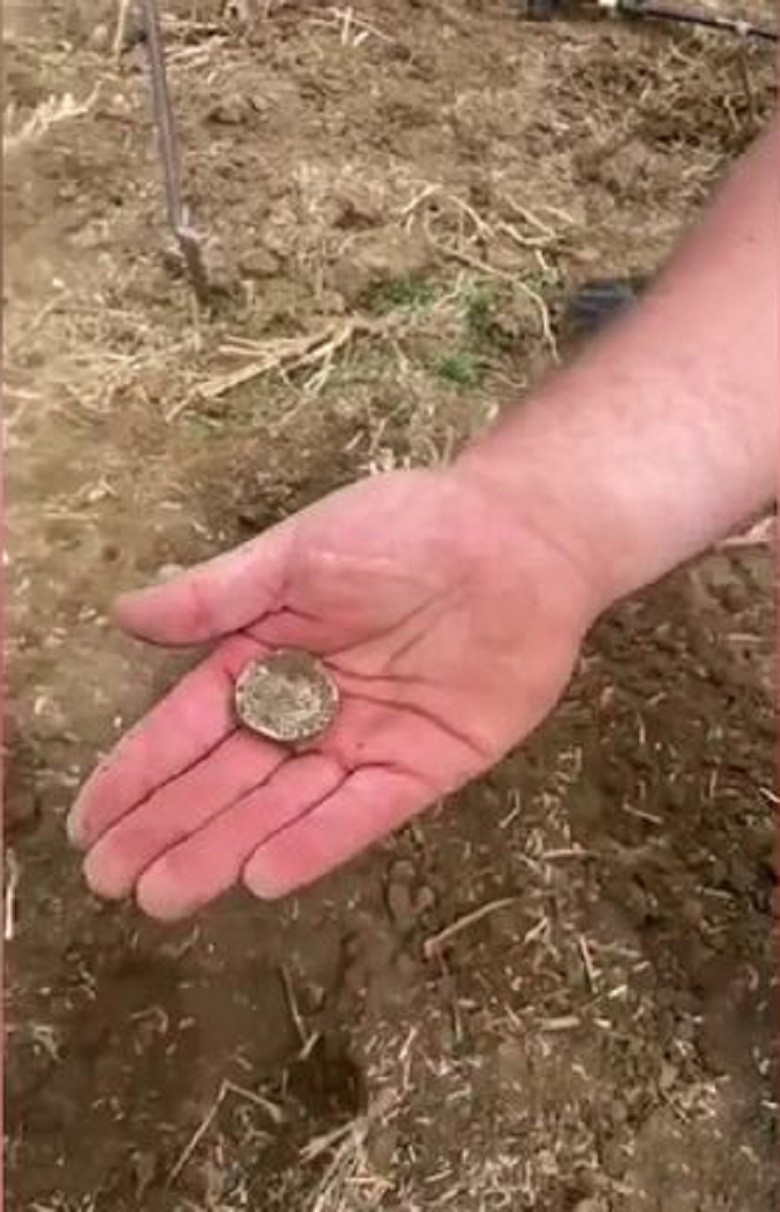
But will his financial success also inspire others to search the fields of Suffolk and beyond? After all, it is uncertain how many treasures are still hidden there, waiting to be discovered.
















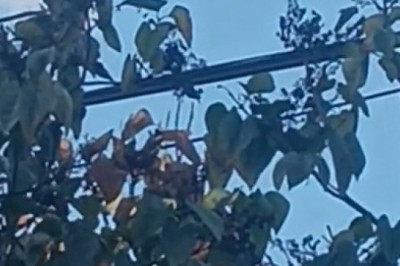
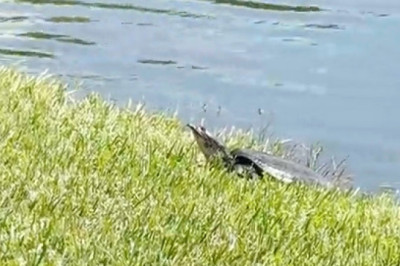


Comments
0 comment